Imagine a Staten Island where cobblestone streets were filled with the clip-clop of horse hooves, and trolleys made their leisurely way across the borough. In today’s fast-paced world, it’s worth stepping back to this simpler time, rich with community and the promise of change.
The 1910s were a turning point for Staten Island, a decade where the old was interwoven with the new. On one hand, this was an era before the Verrazzano-Narrows Bridge, and the Staten Island Ferry was the critical link to Manhattan. On the other hand, it was a decade of global happenings with World War I casting a long shadow, even affecting the peaceful life of the island.
By the 1910s, Staten Island was a rich cultural mosaic. Immigrant communities from Europe had taken root, their cultural influences blending seamlessly with local traditions. From the Dutch Reformed churches to the Italian markets offering cured meats and fresh olives, Staten Island was a tapestry of tastes, sounds, and experiences.
Innovations and The Everyday
While the nostalgic lens often captures the simpler joys of community life, we shouldn’t overlook the subtle yet profound advancements that were weaving their way into daily existence during the 1910s. Imagine the marvel of seeing the first electric streetlights illuminating the evening, or the convenience brought by the burgeoning telephone lines. These innovations began to reshape the daily rhythms of Staten Island residents, allowing them to experience both the comforts of modernity and the charms of old-world living.
Historical Milestones
In the larger scope of history, Staten Island was not immune to the shifts taking place in the world. The island was home to military training camps during World War I, like Camp St. George. Young men from the island left their homes to serve overseas, their names forever etched in the memory of the community. The world war was a dark cloud in the otherwise tranquil sky, a sign that even the most peaceful corners were not isolated from global events.
The Heart of Community
Social life in the 1910s was the embodiment of community. Children ran through open fields, playing with homemade toys and climbing trees. Families gathered for potluck dinners, each dish a family recipe passed down for generations. During summer evenings, the sounds of fiddles and accordions filled the air as people danced the night away at community gatherings. These were scenes of genuine togetherness that many of us, immersed in the digital world, yearn for today.


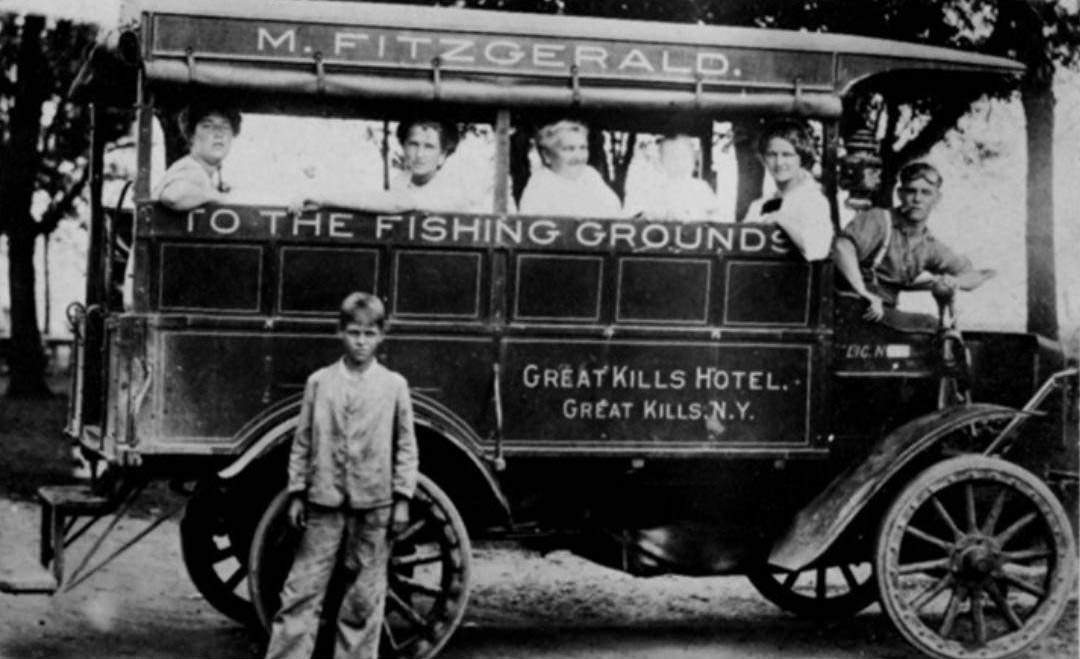

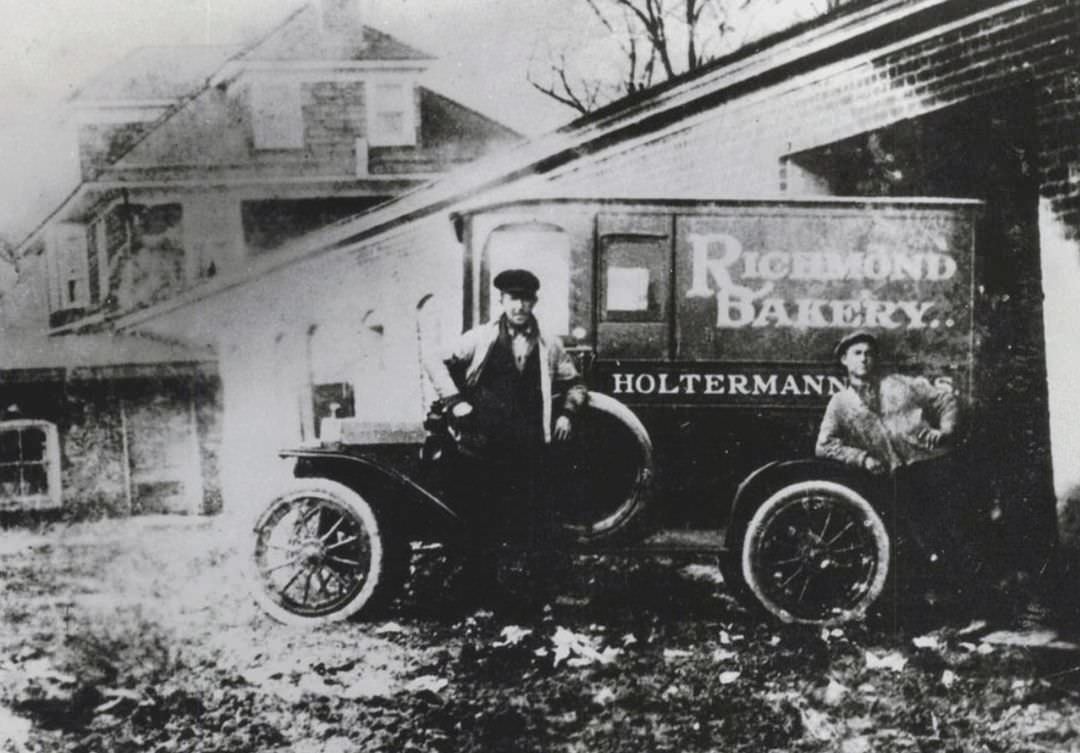
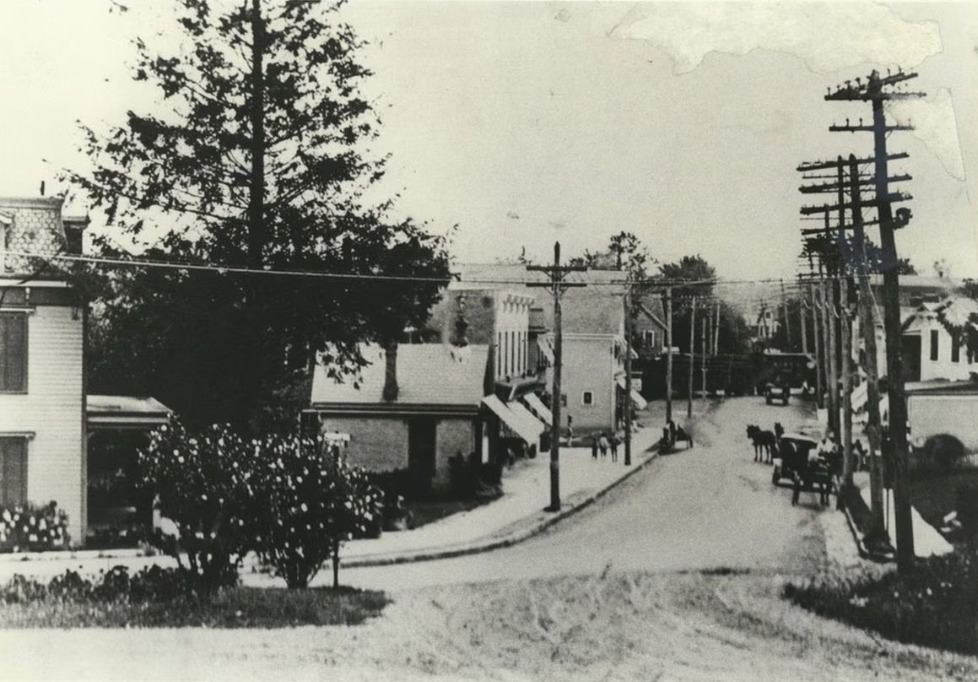
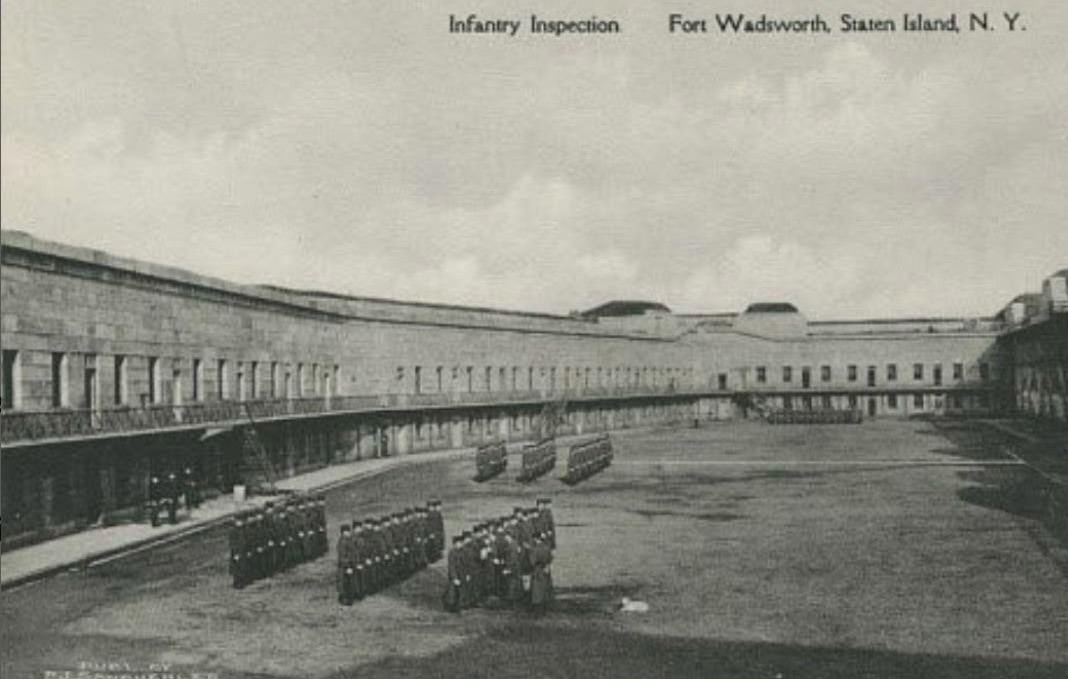

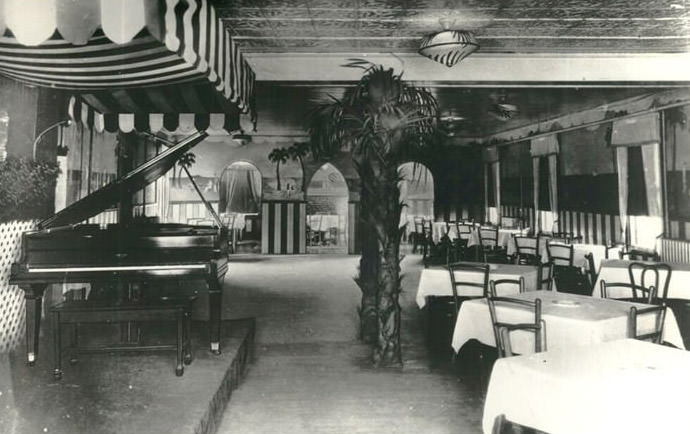
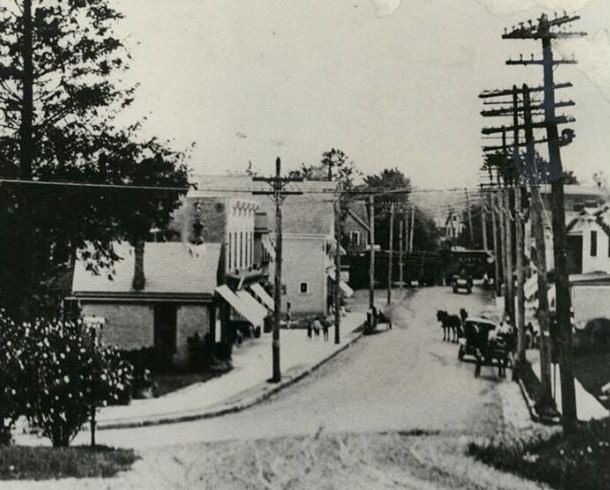
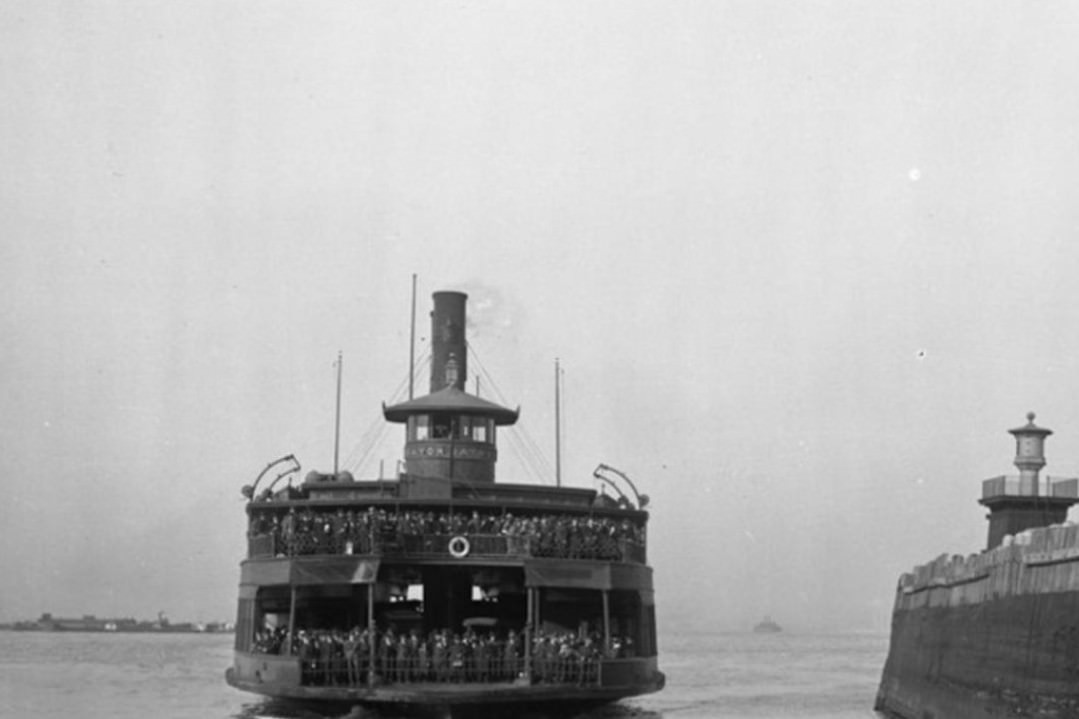
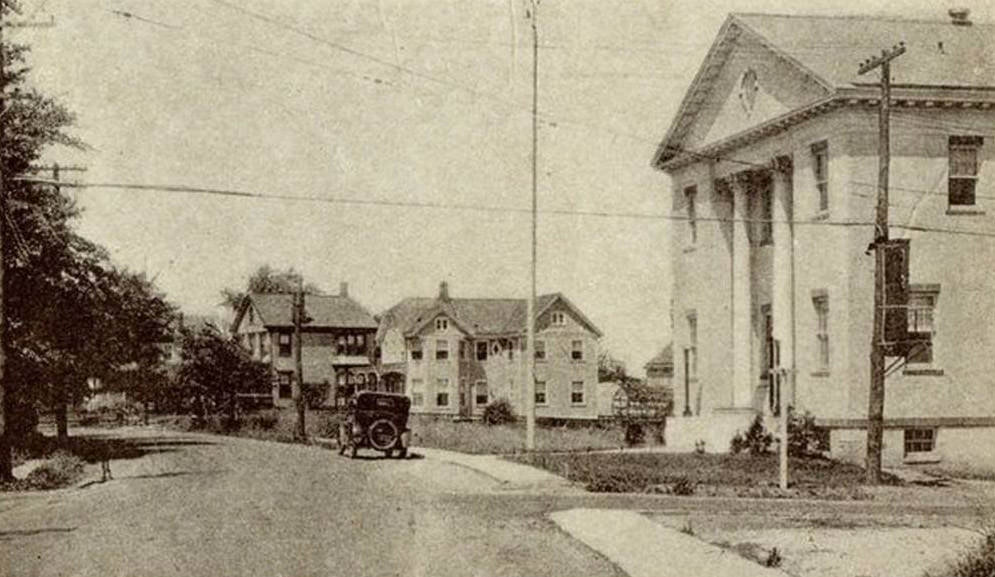
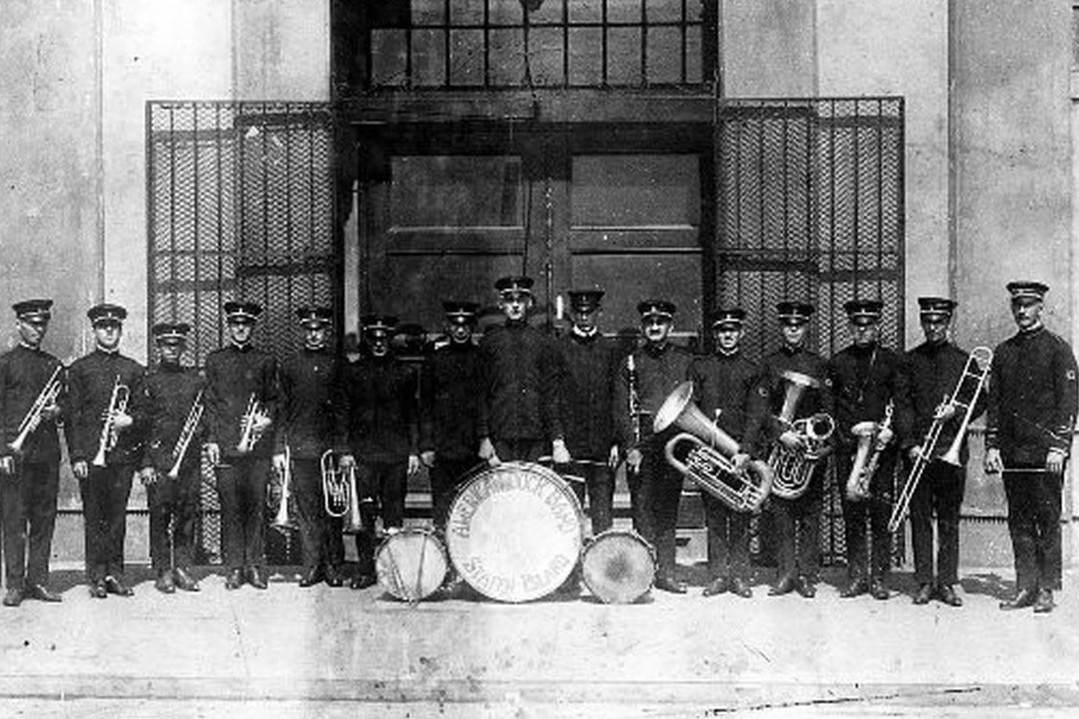
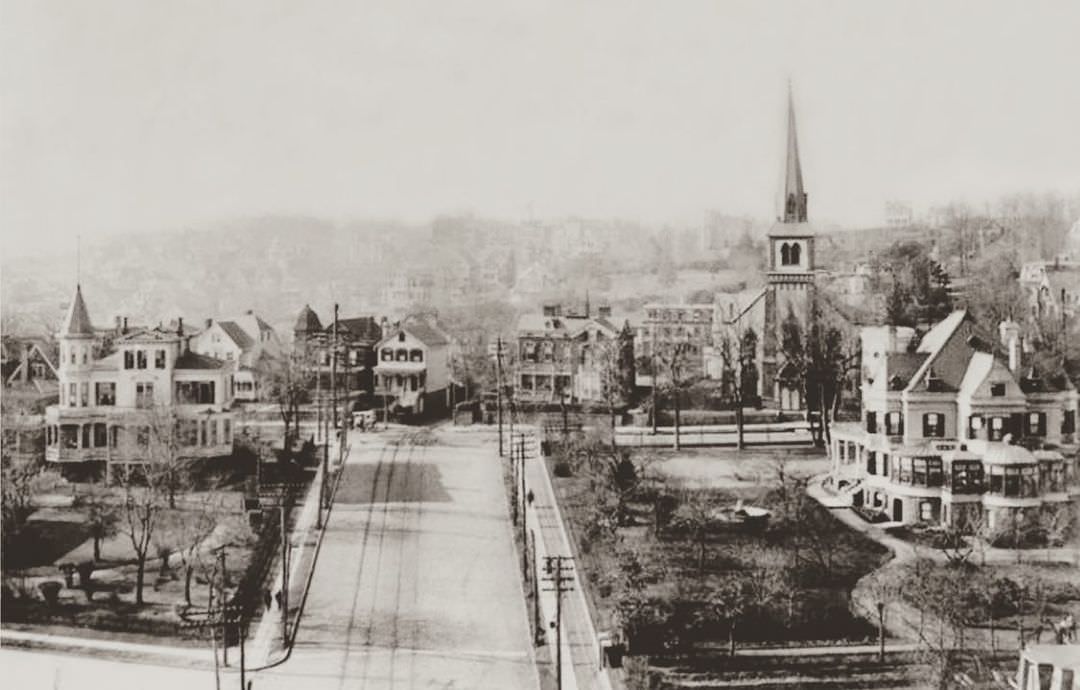
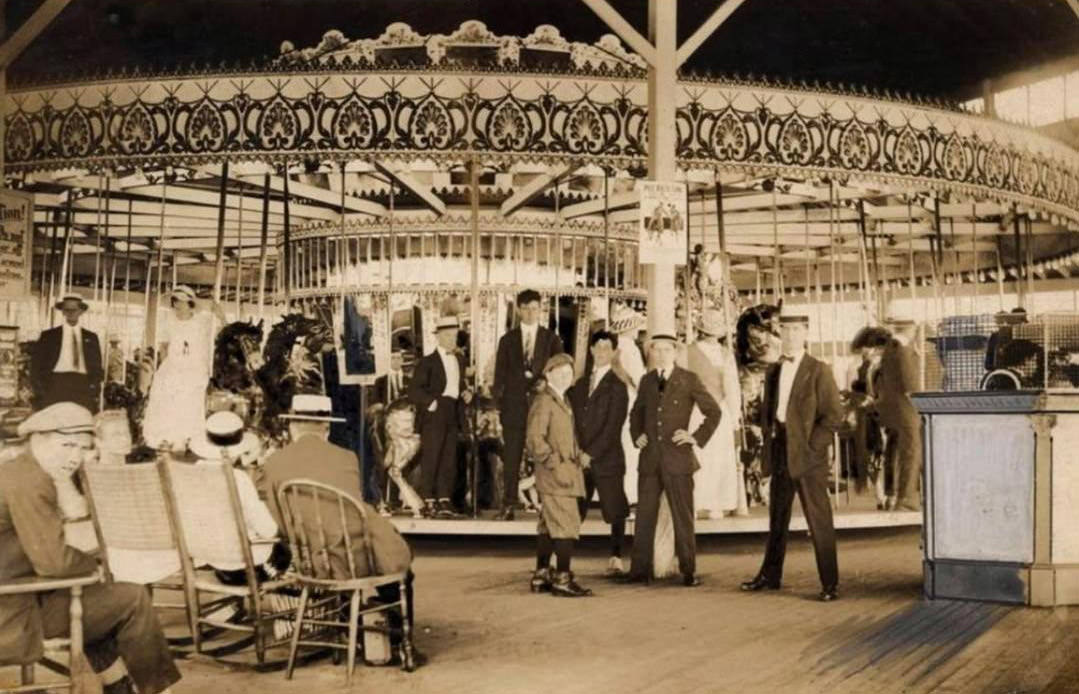
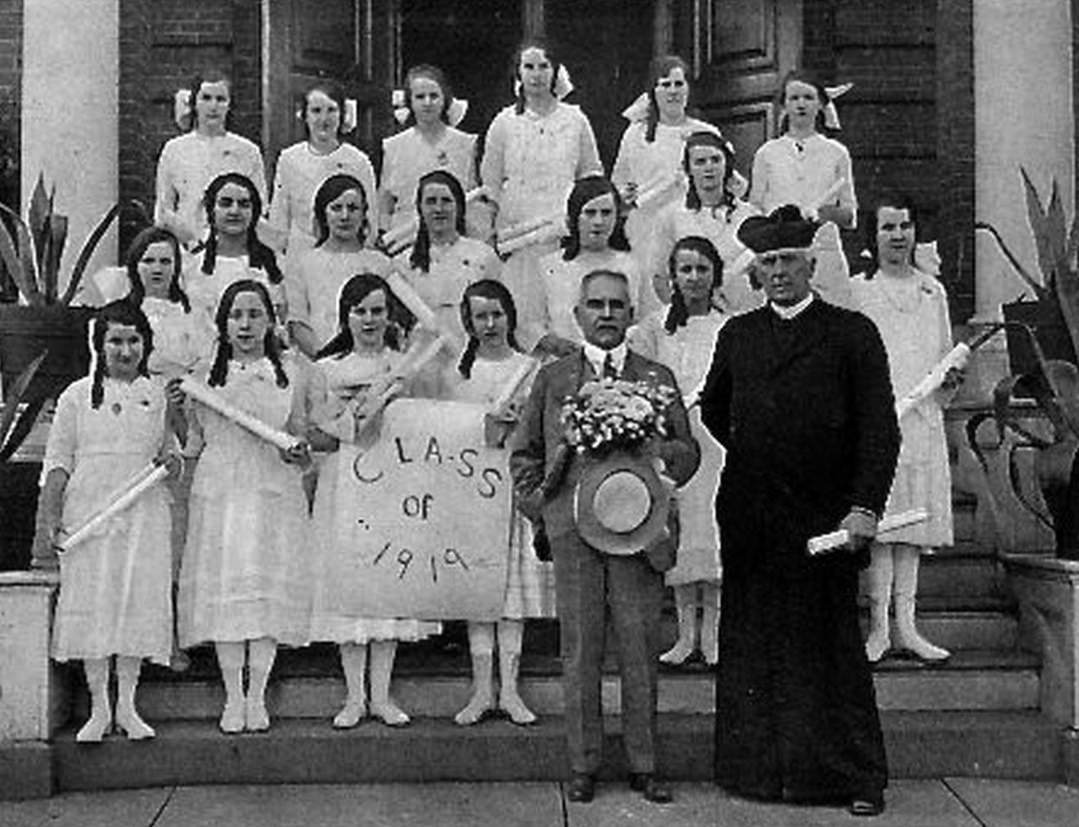
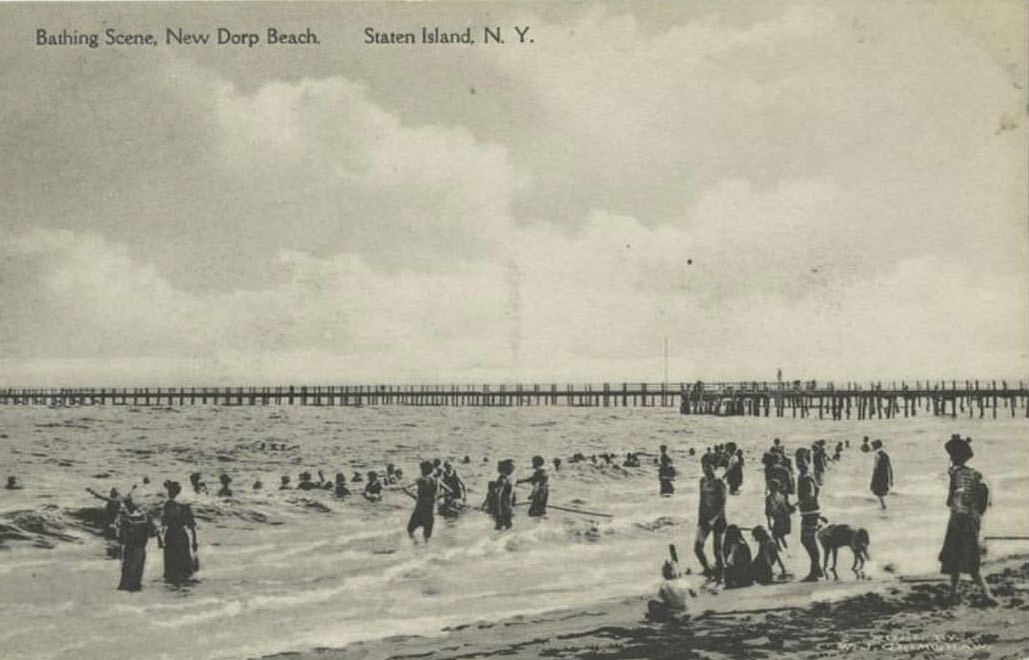

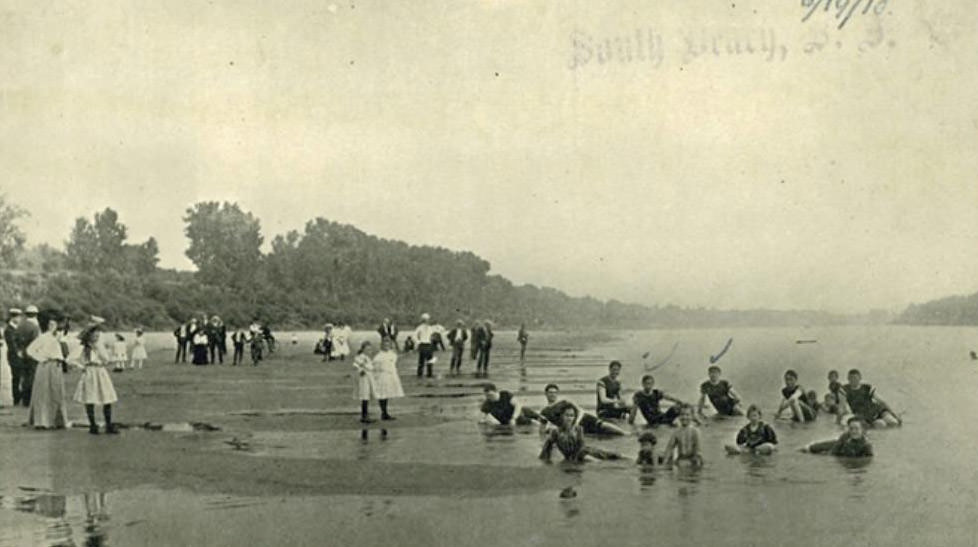
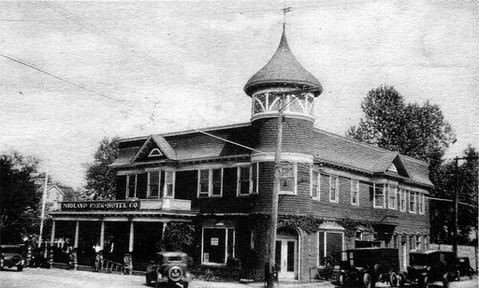
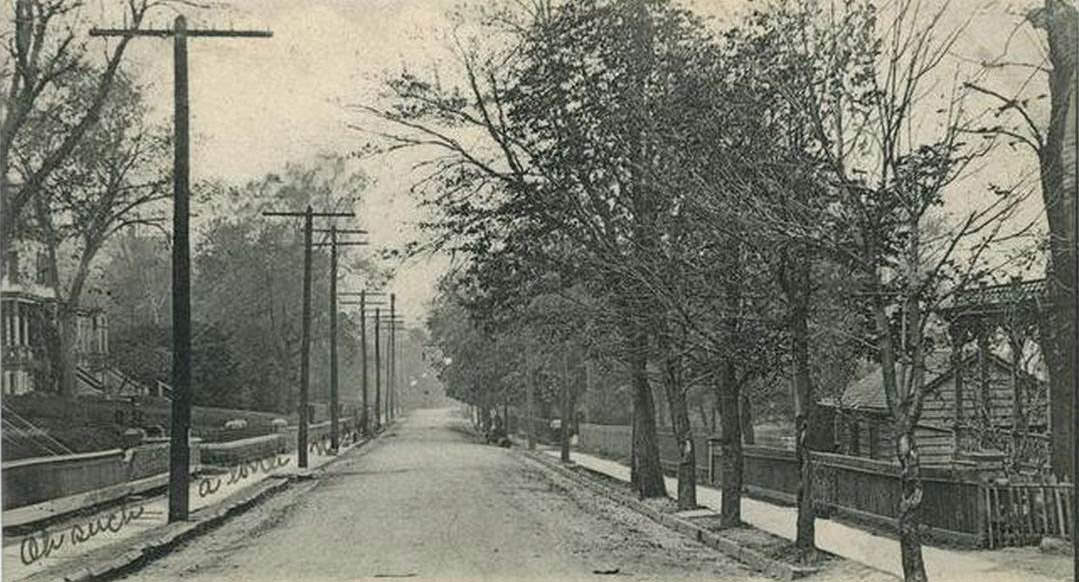
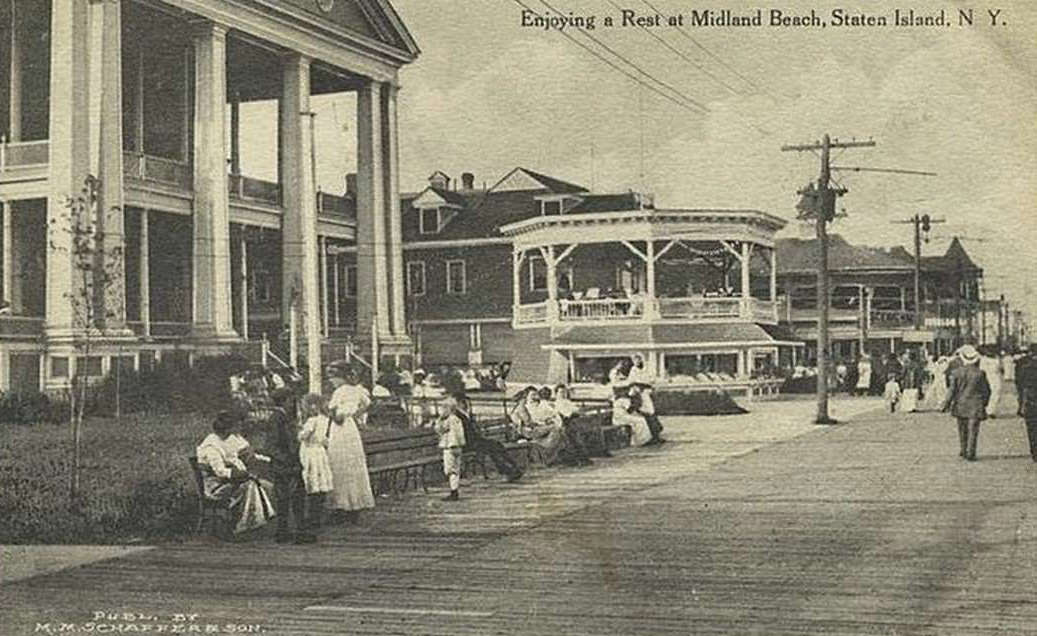
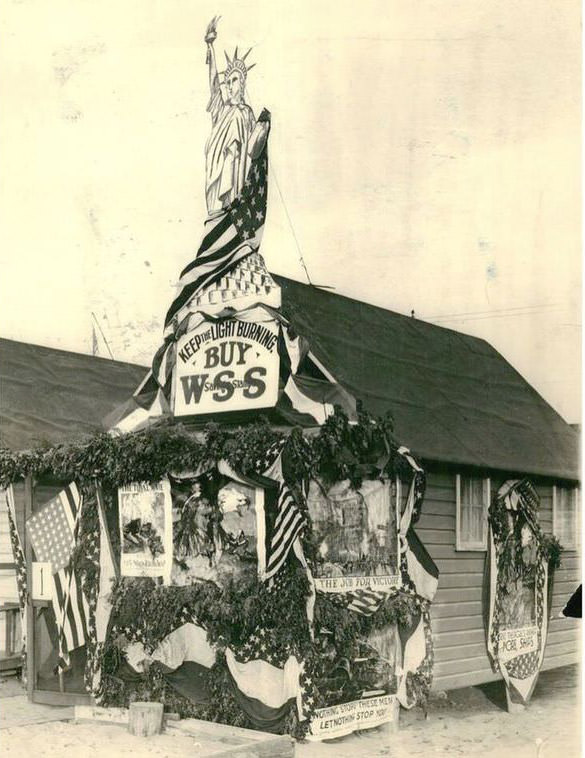
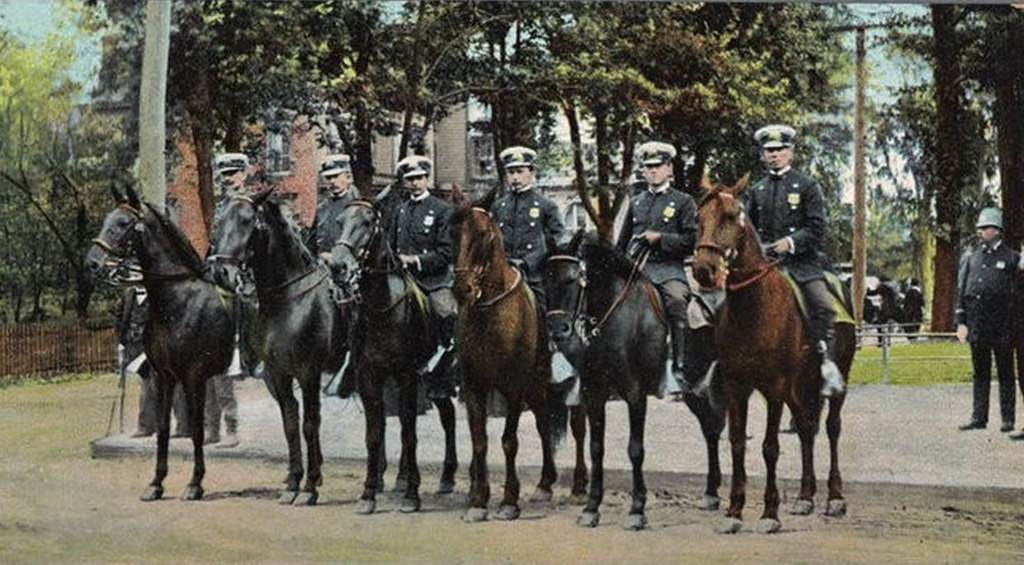

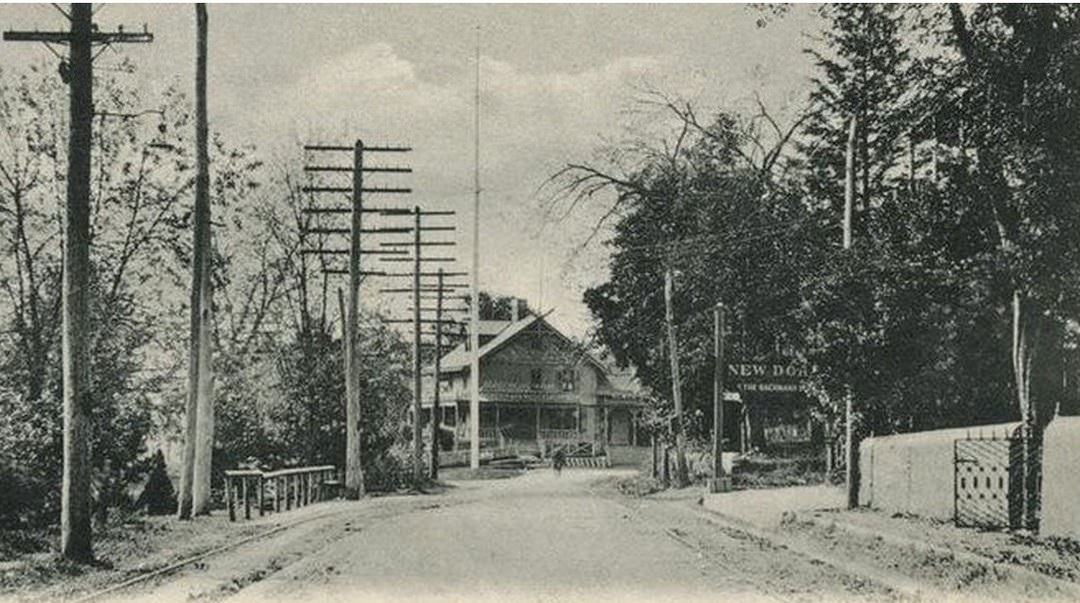
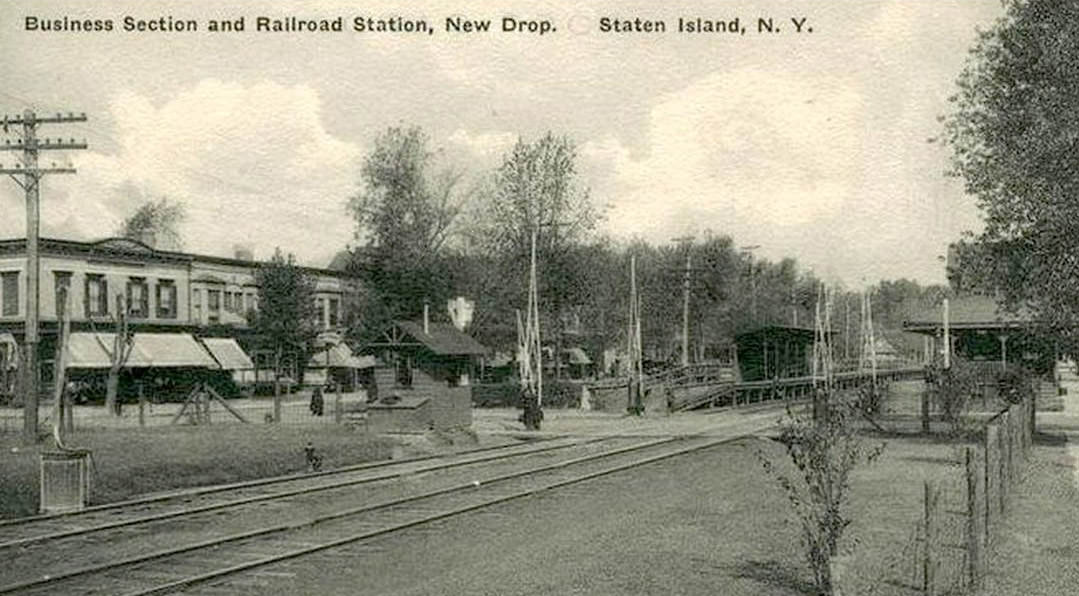

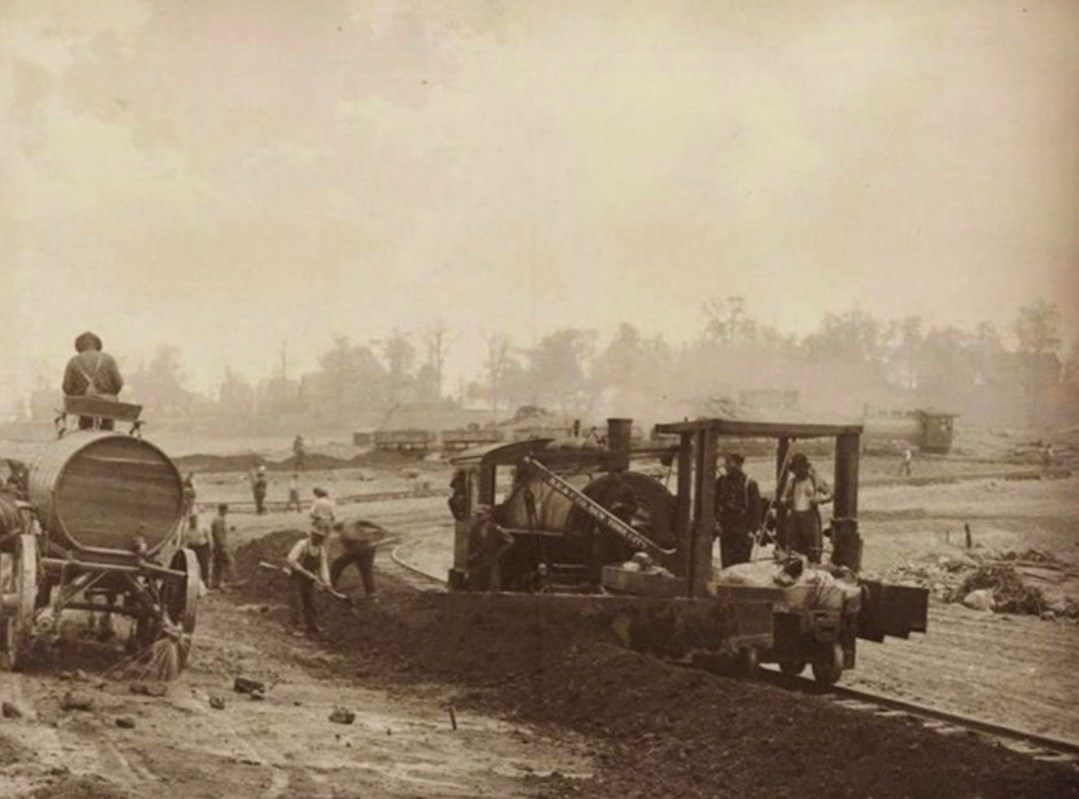

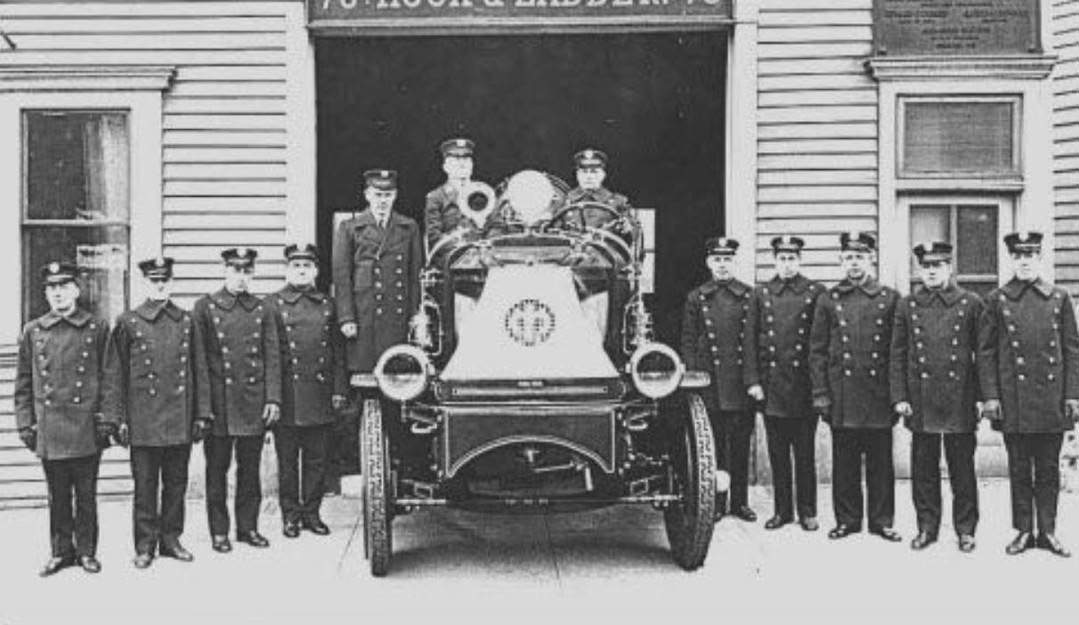
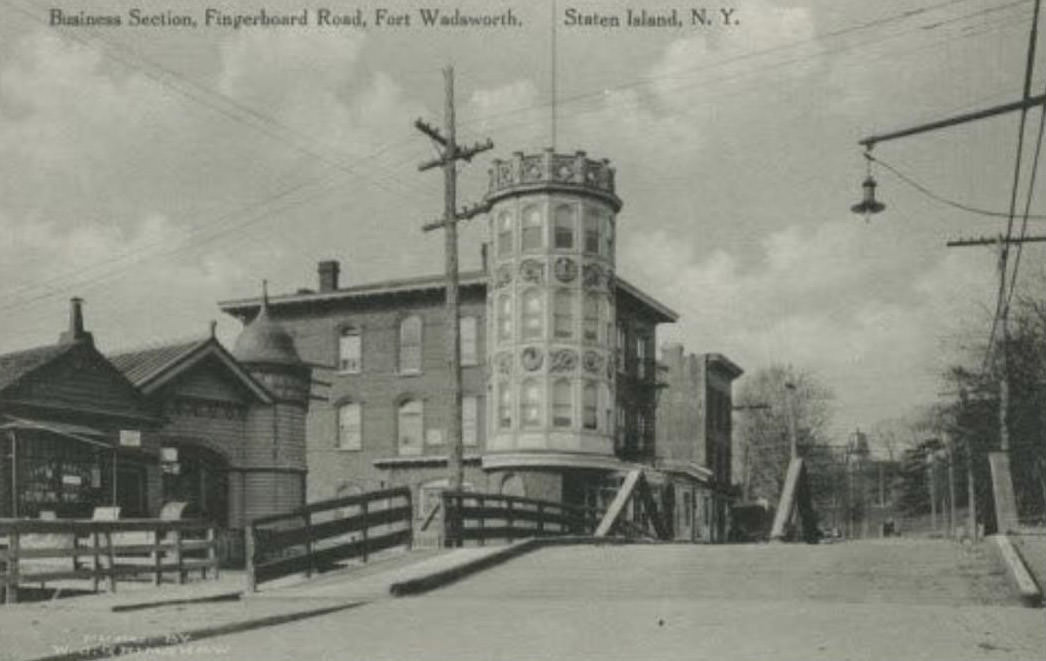
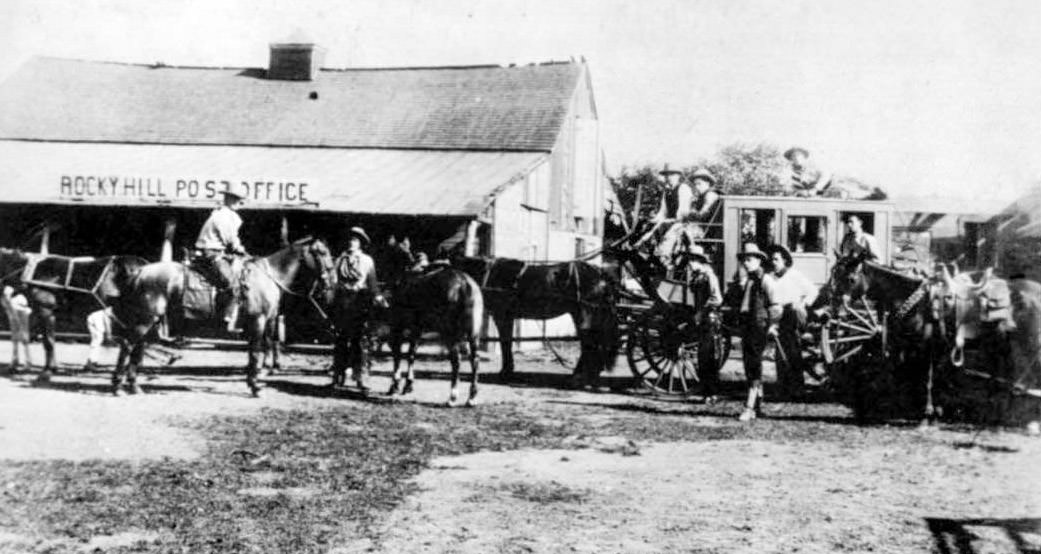
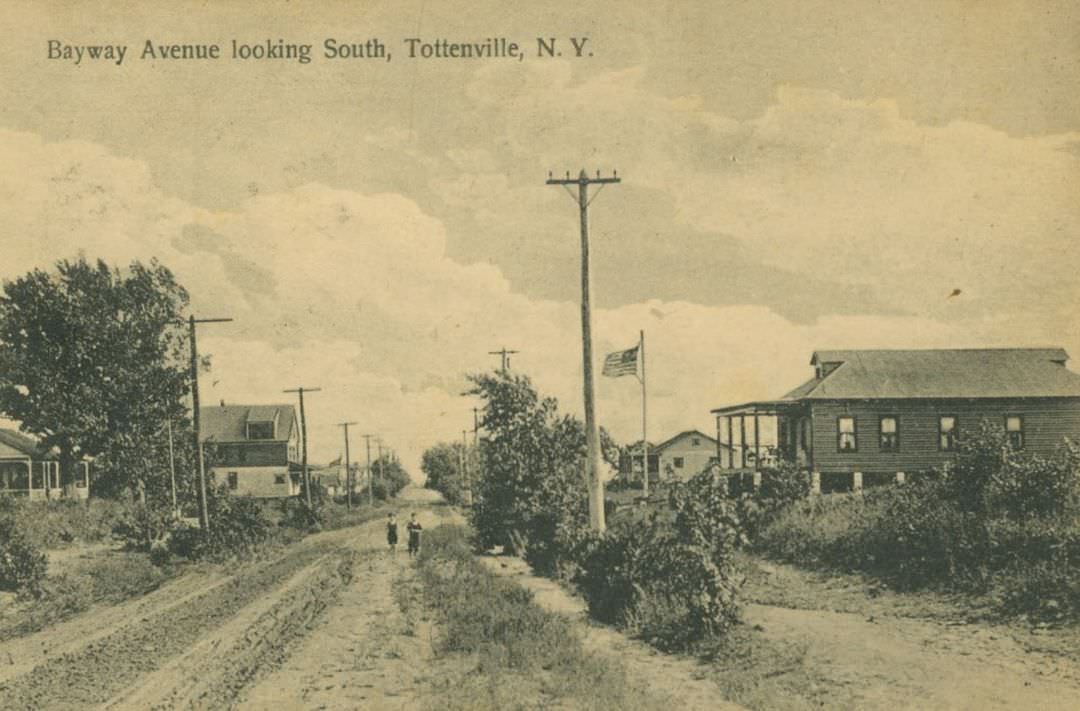

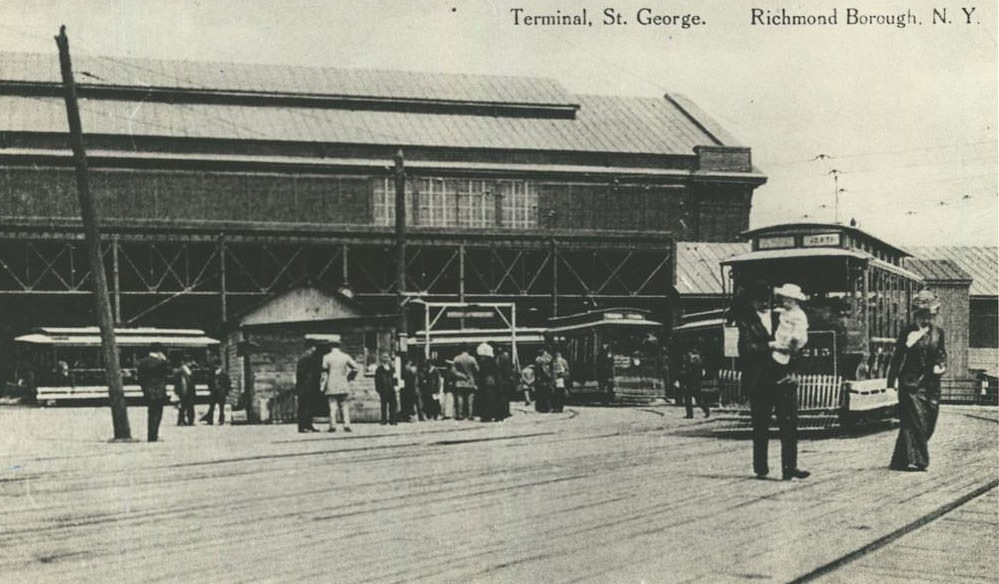
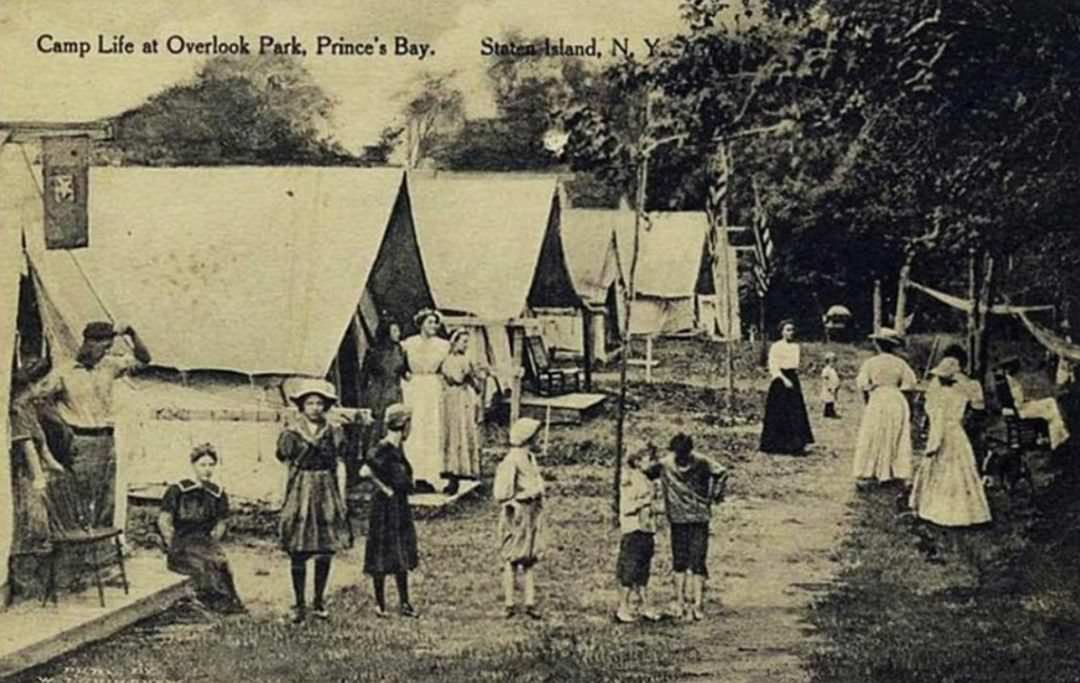

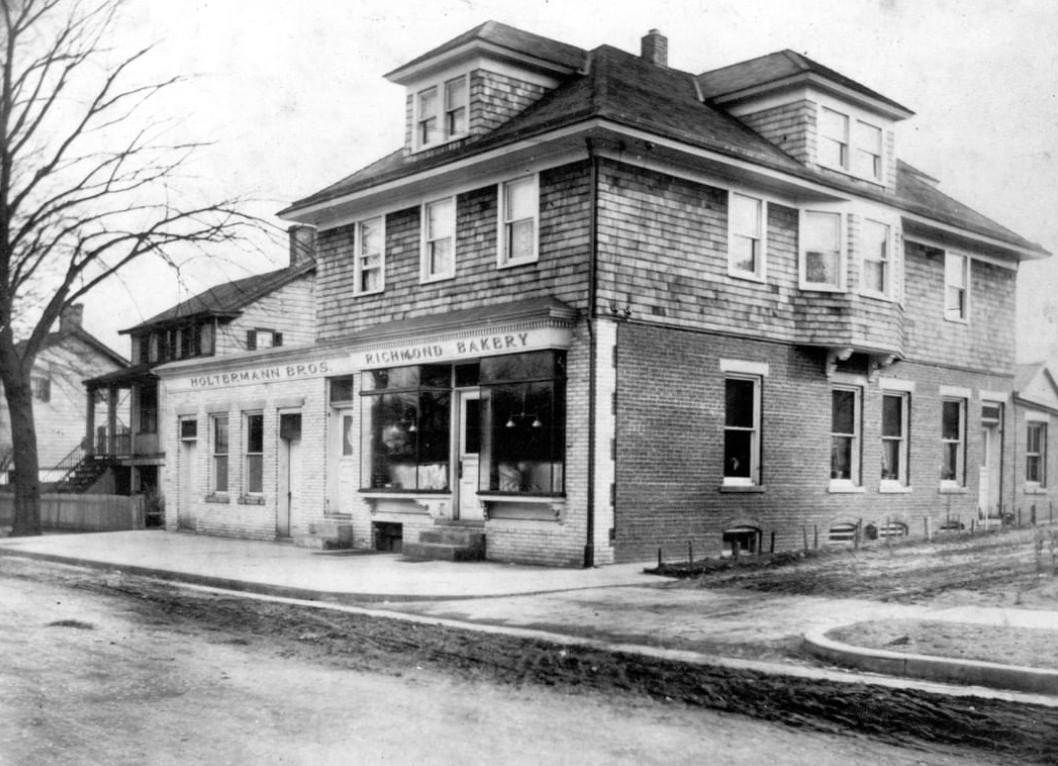
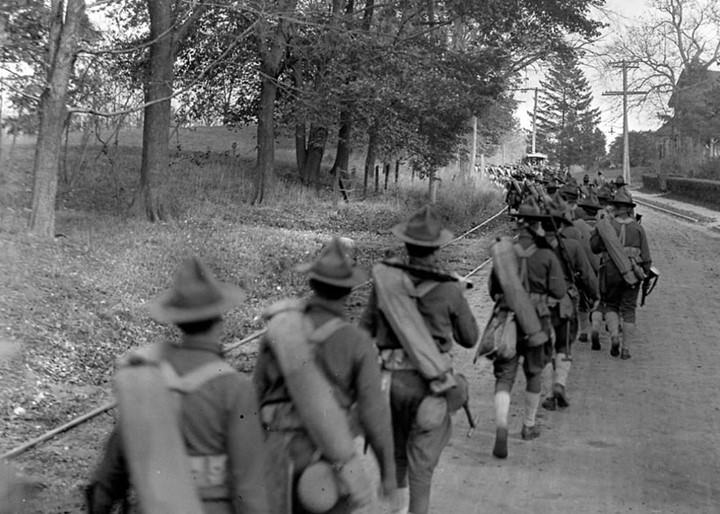
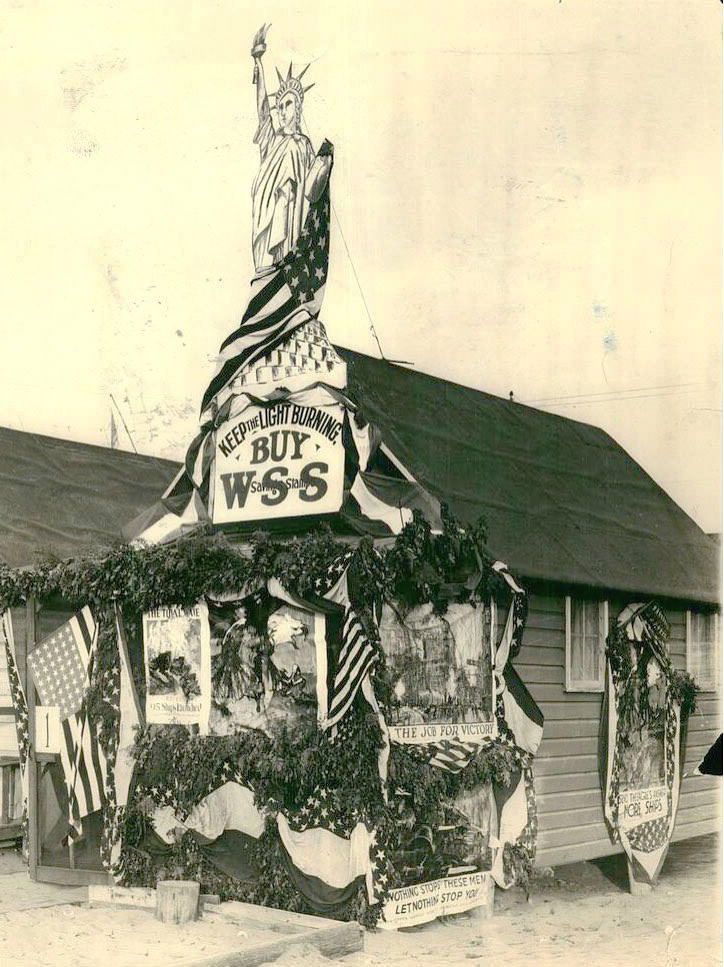
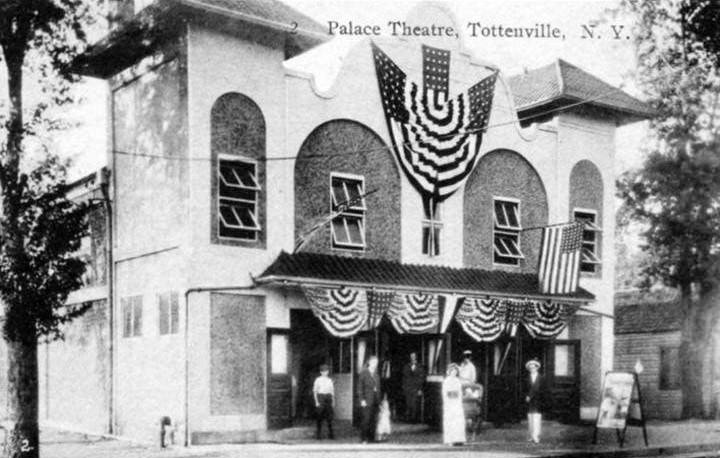
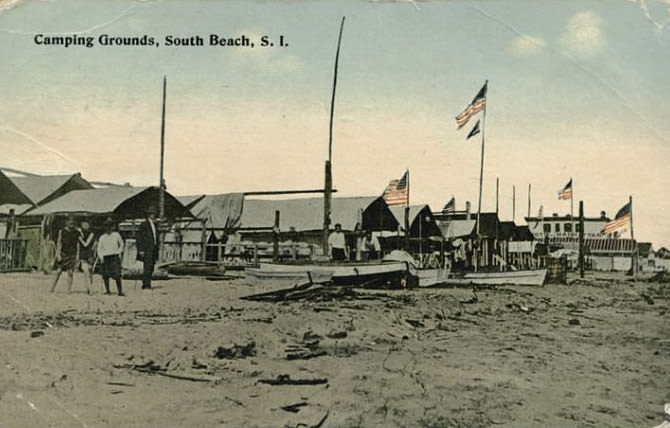
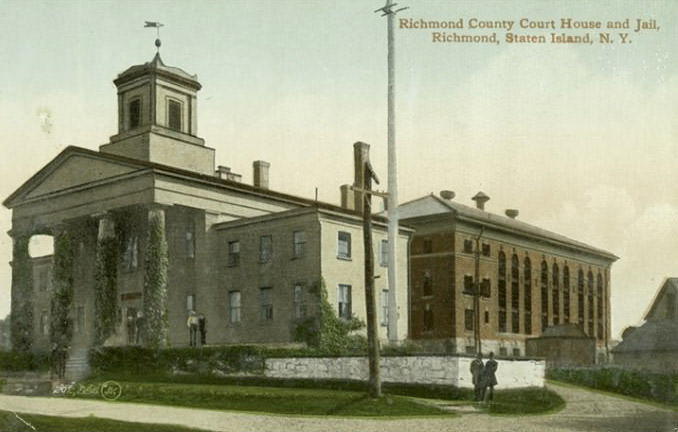
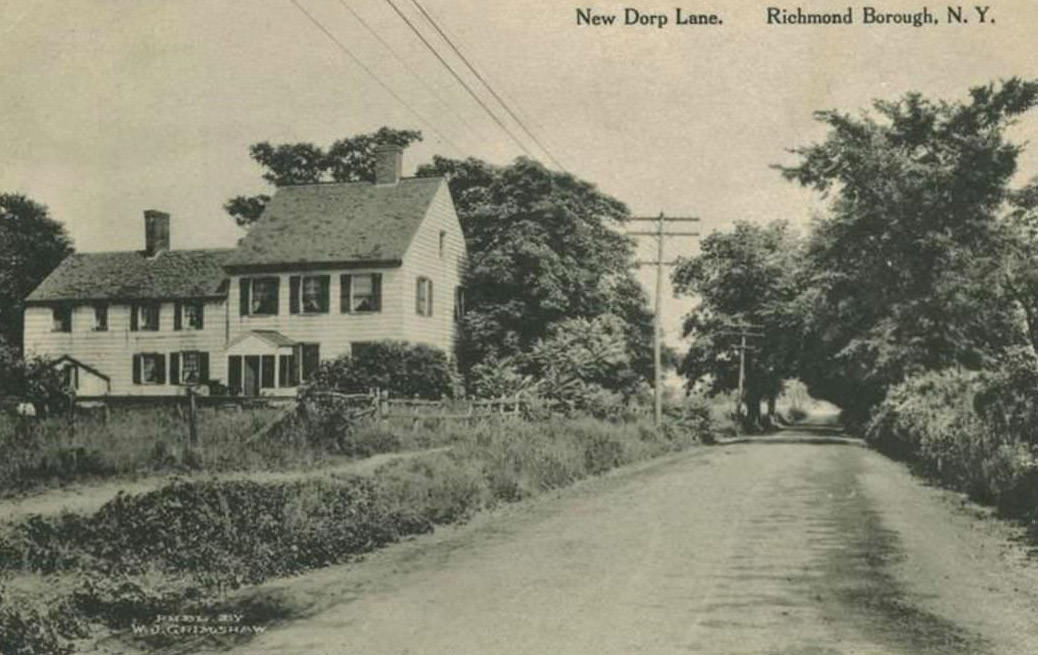
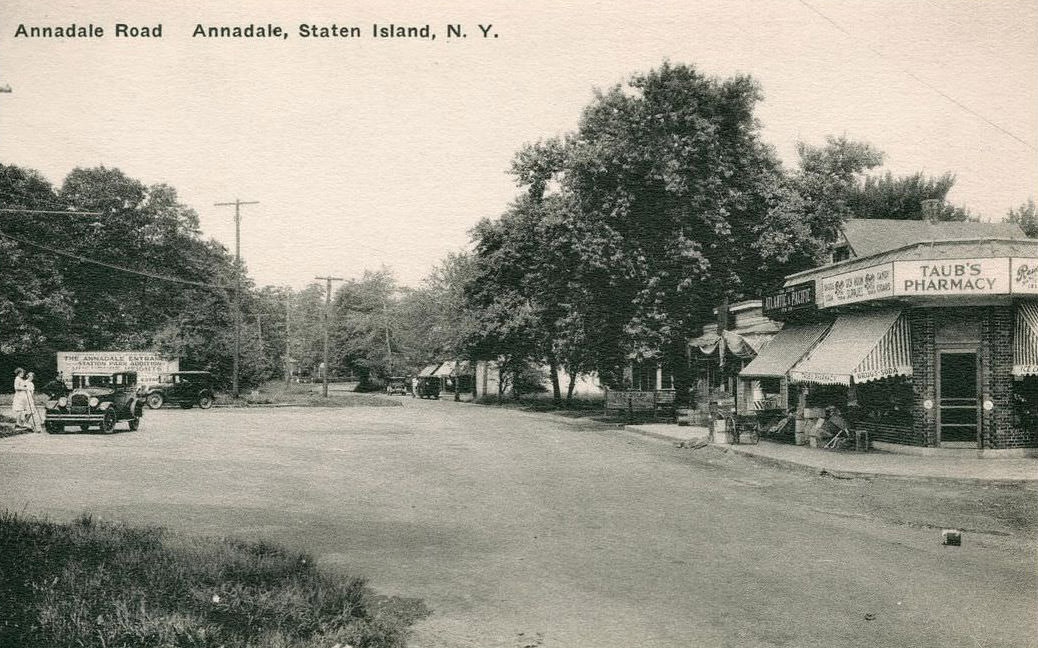
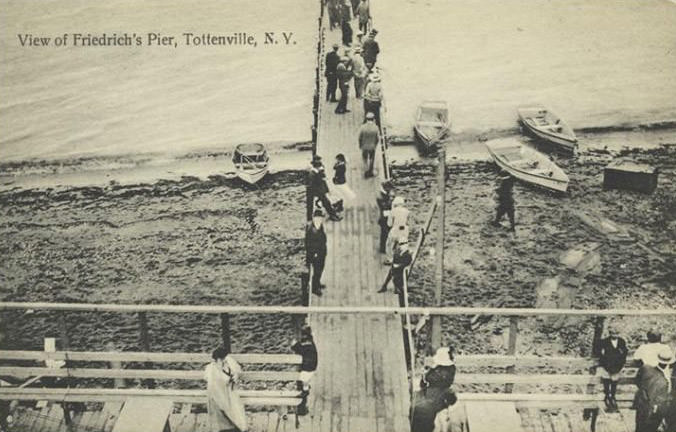
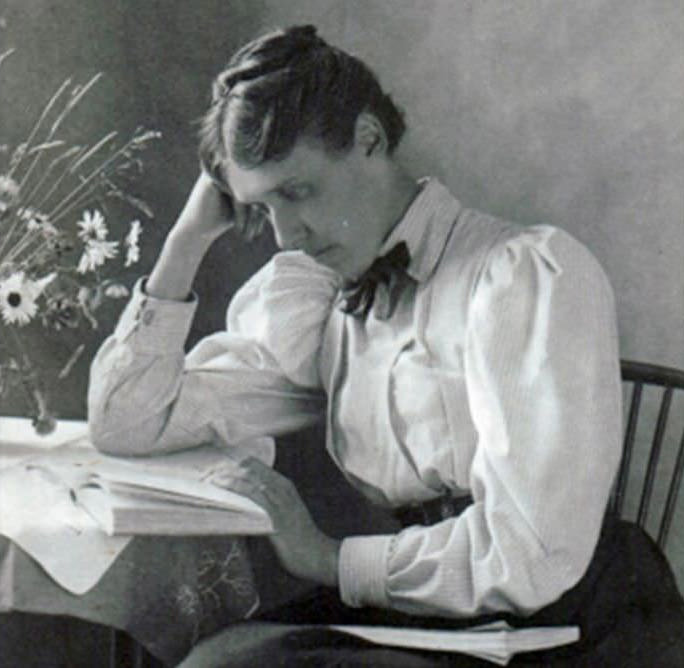
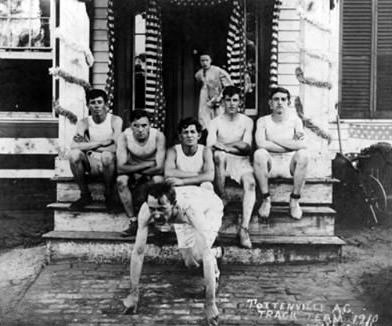
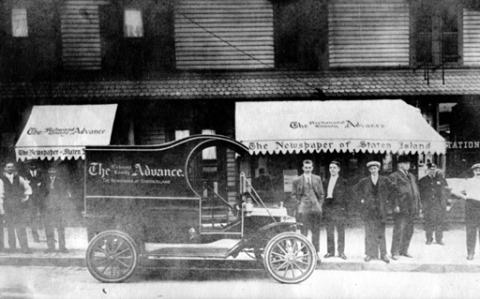

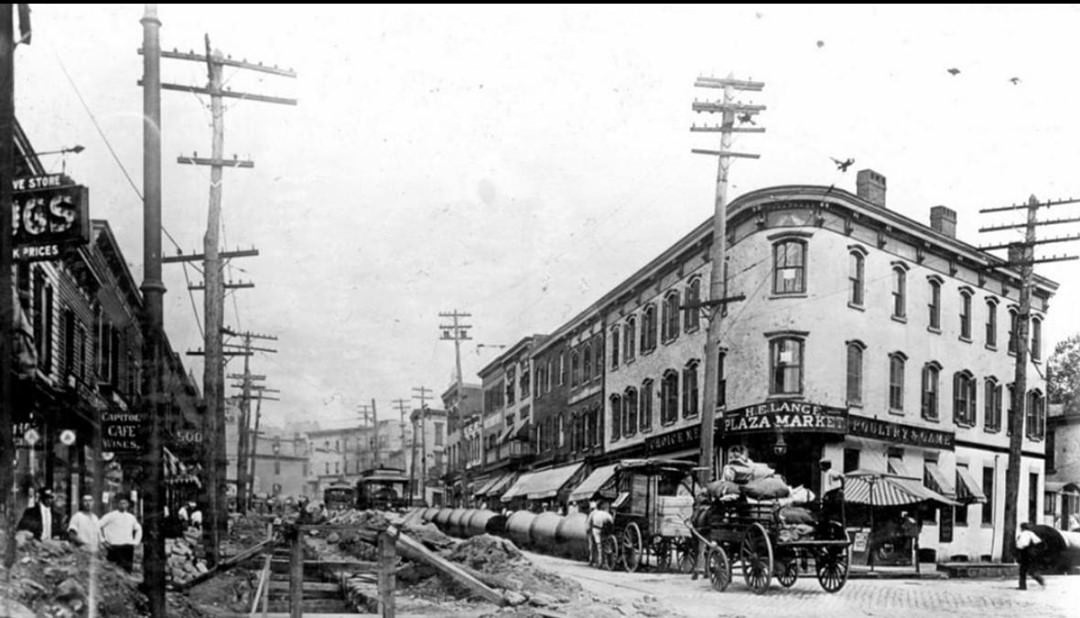
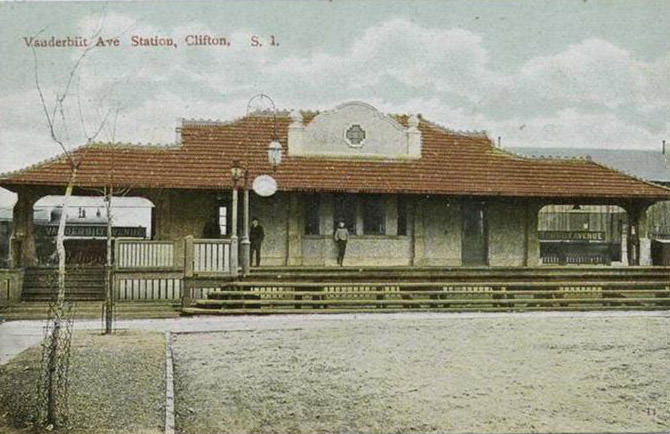
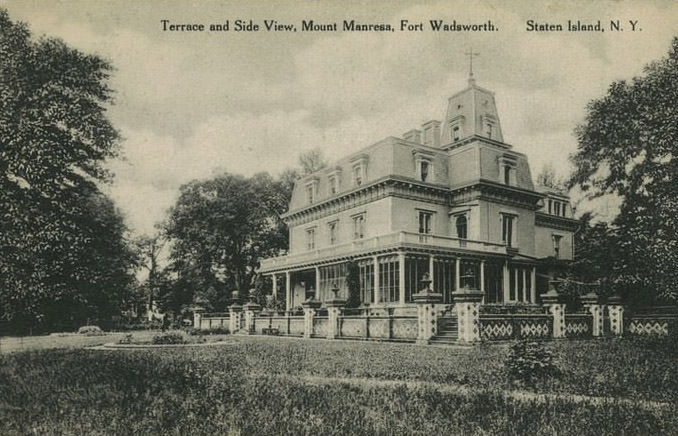
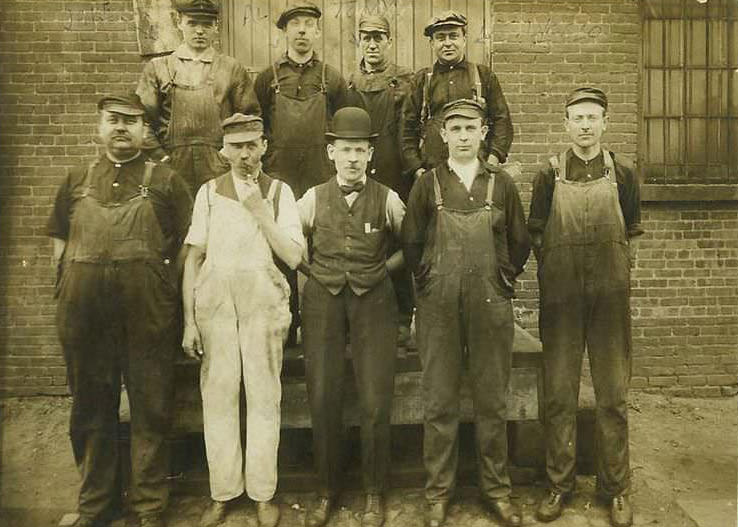
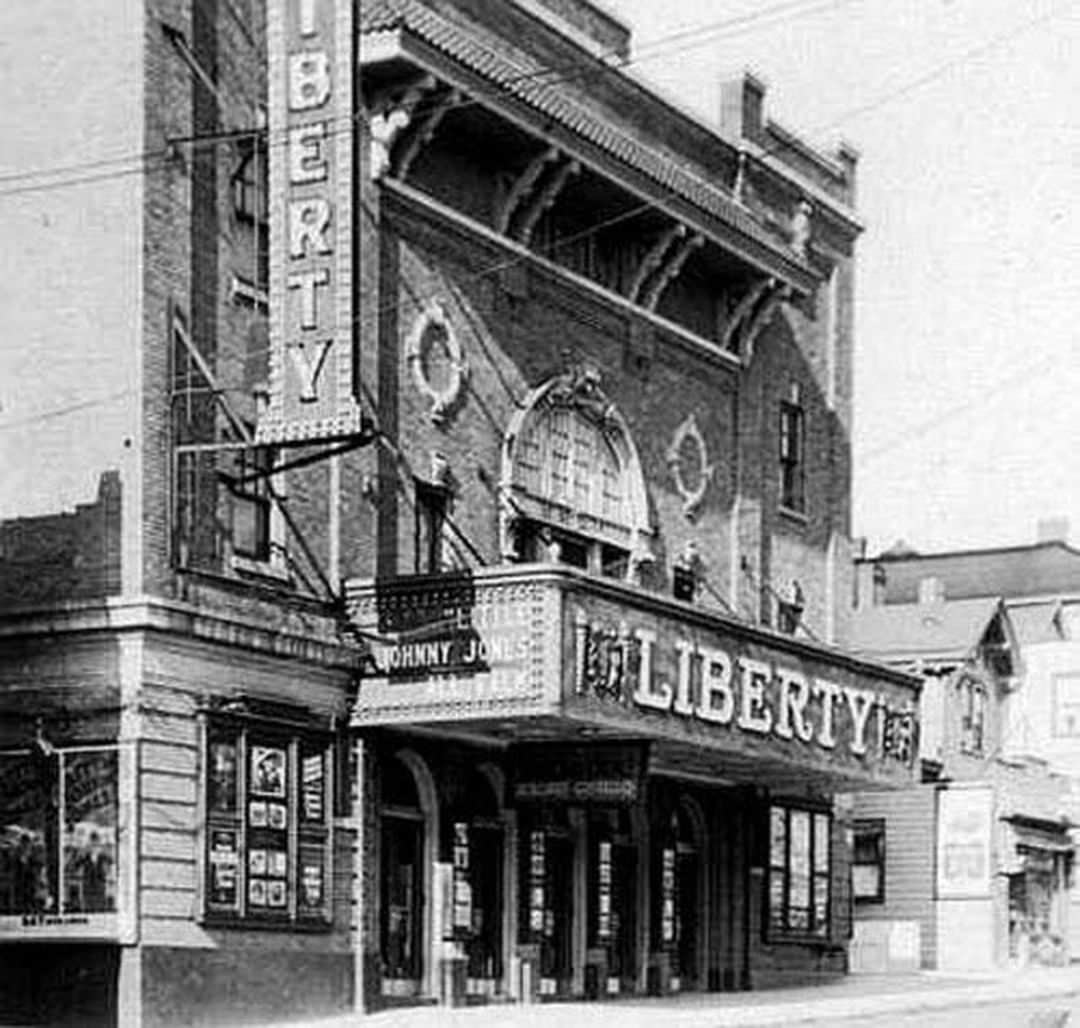
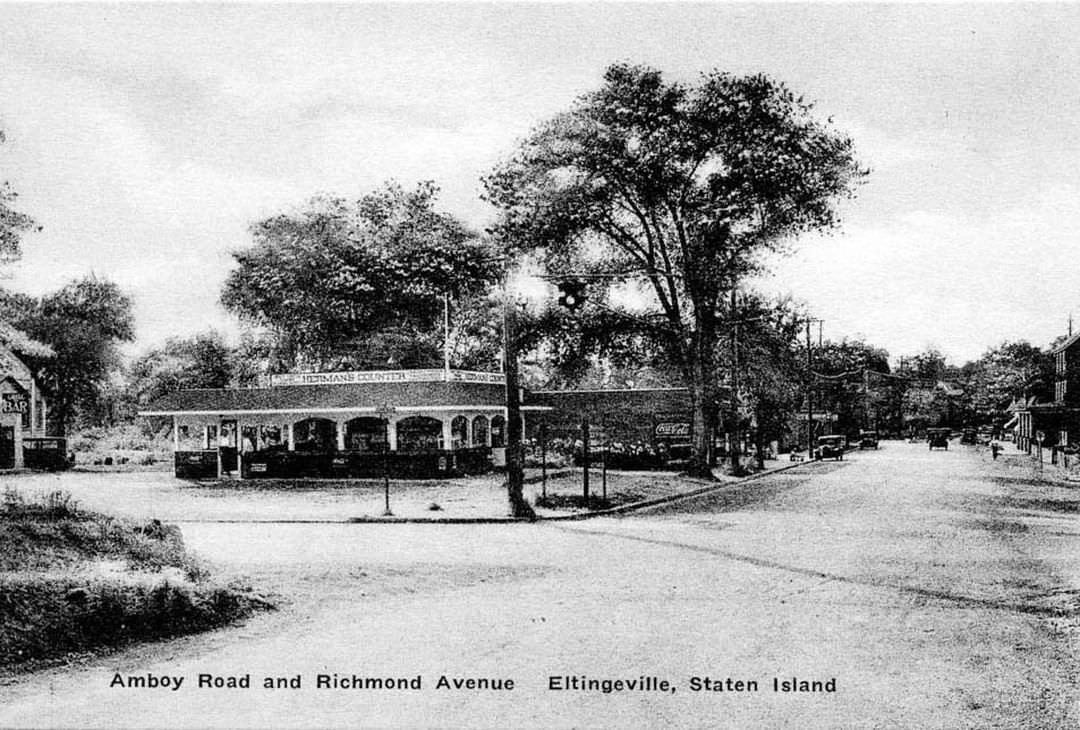
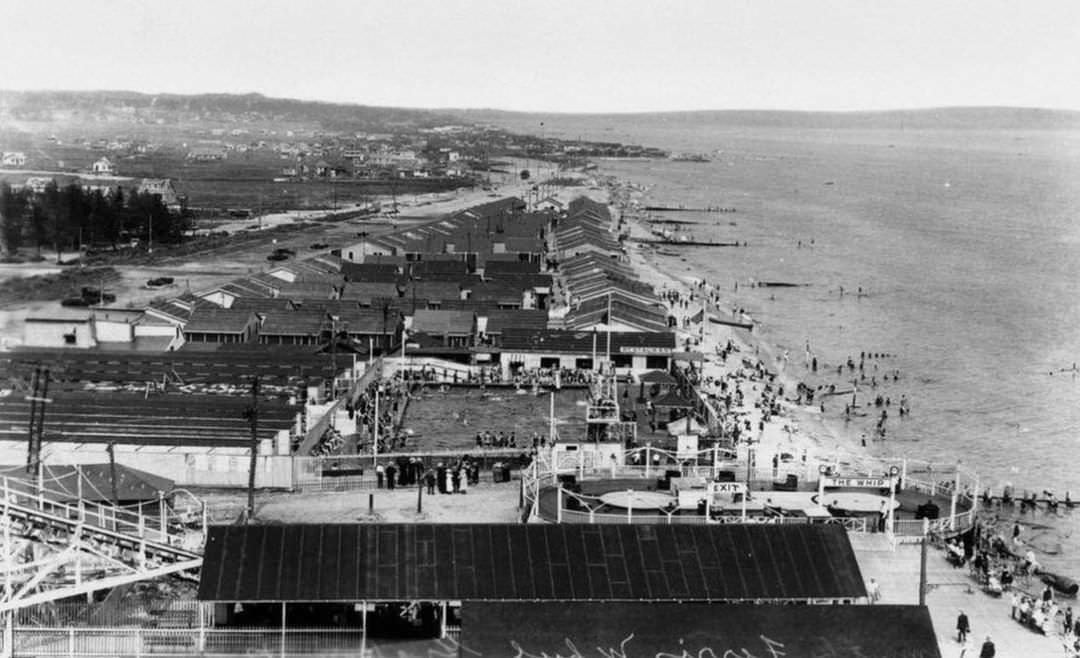
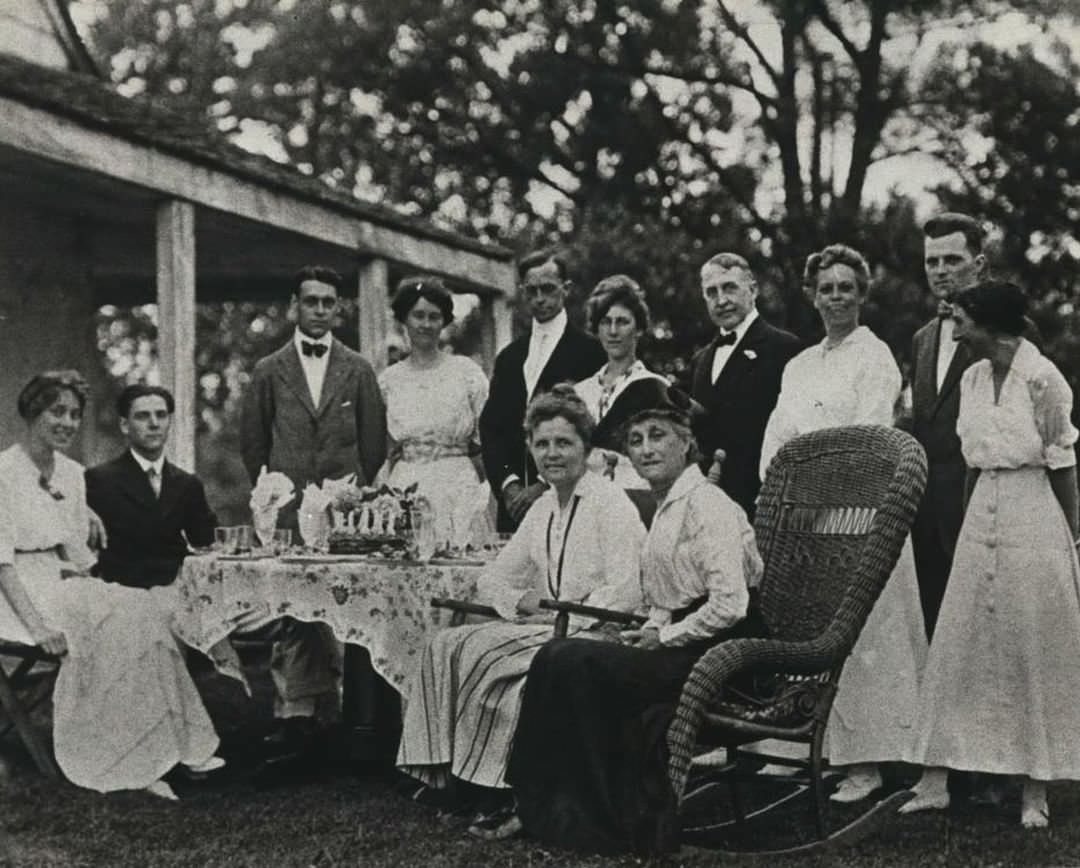
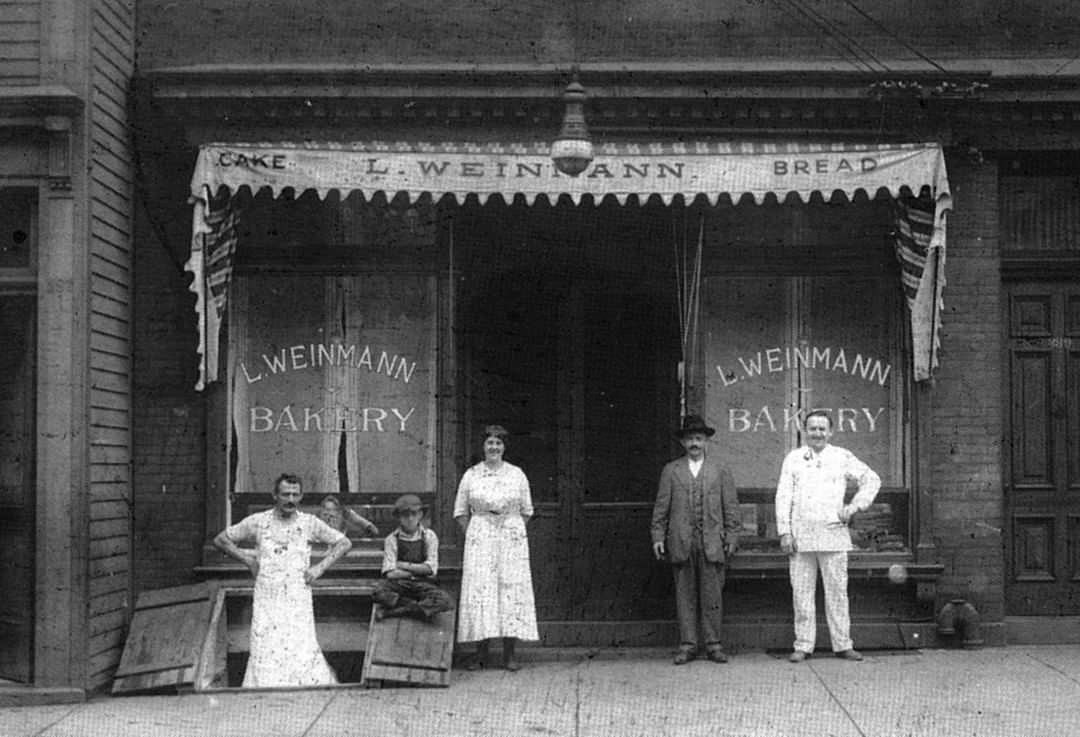
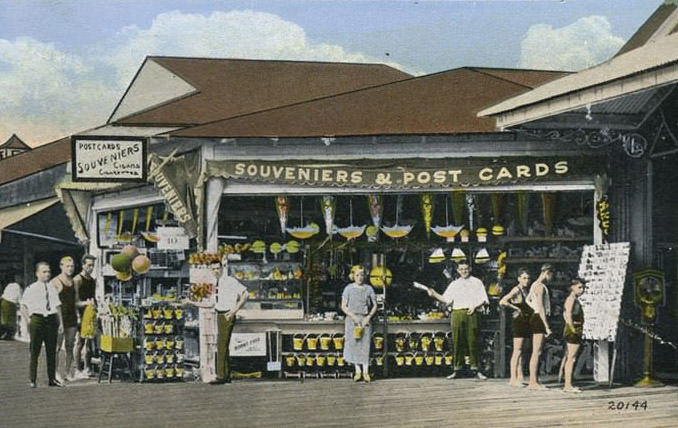
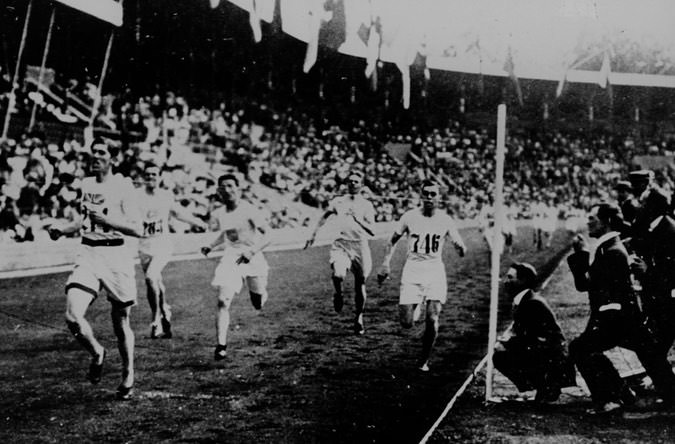
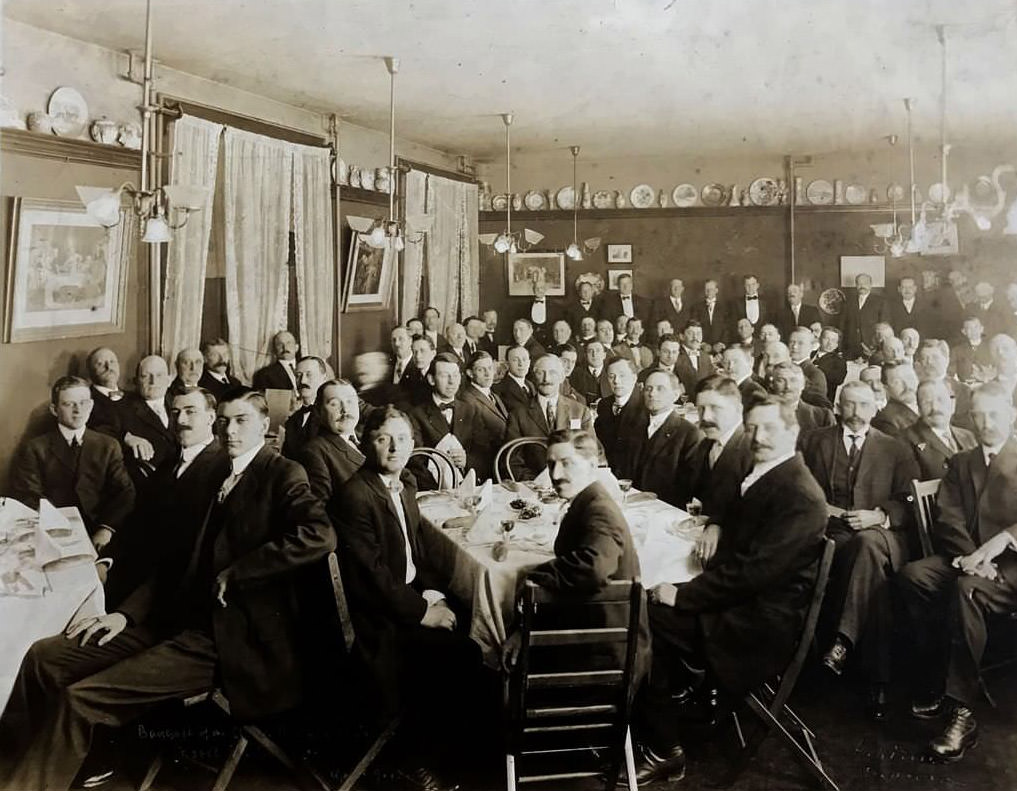

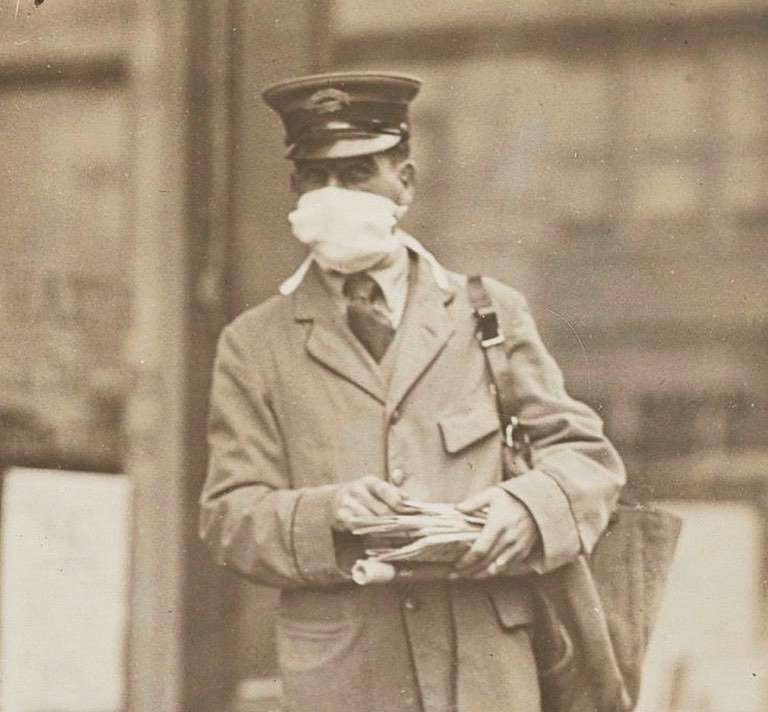
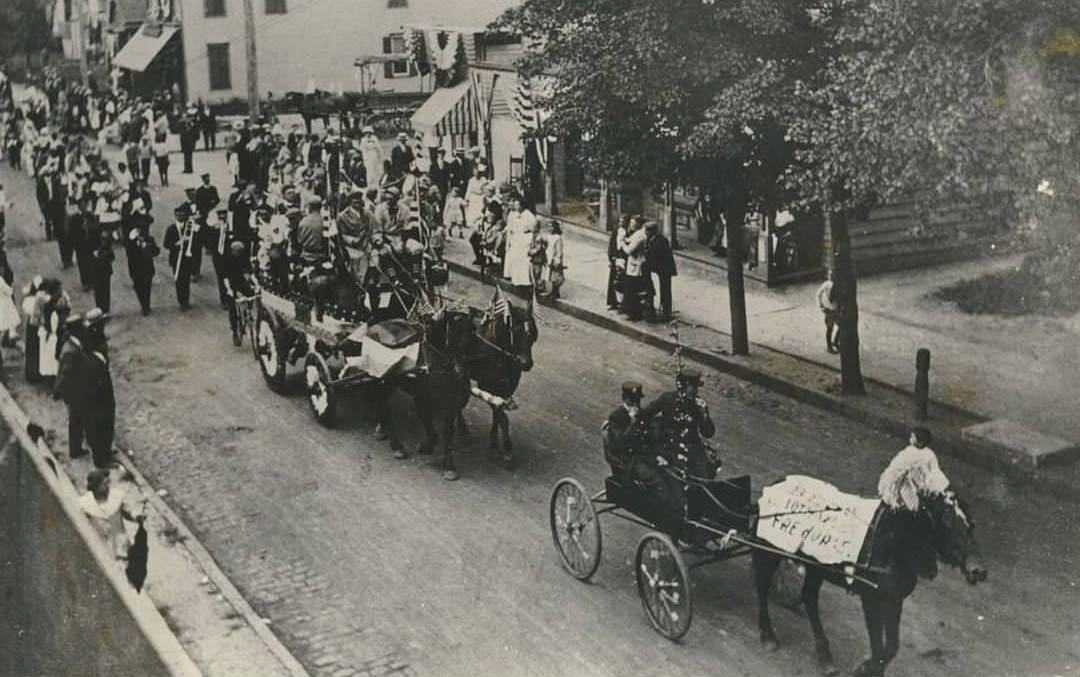
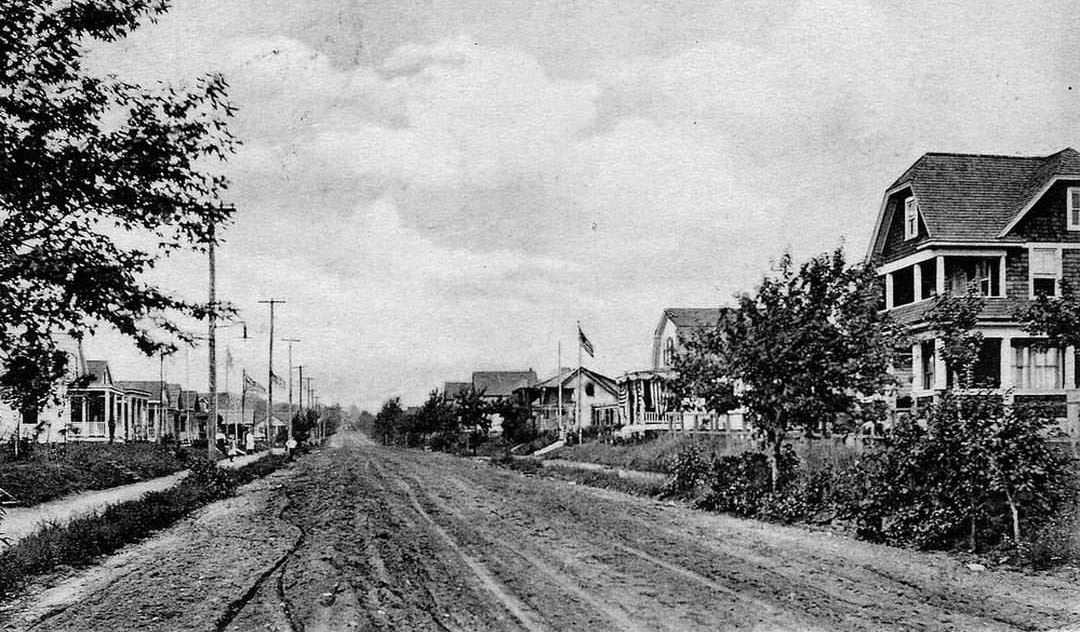
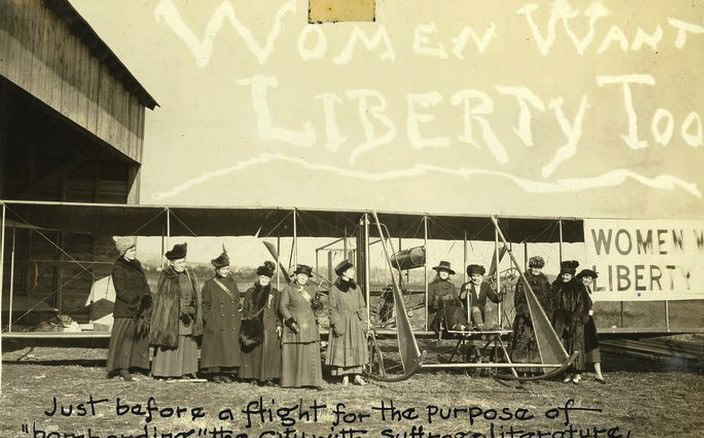
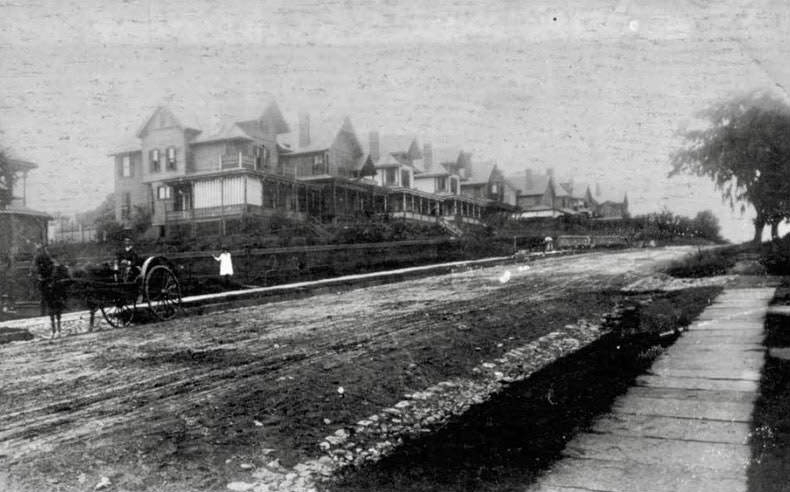
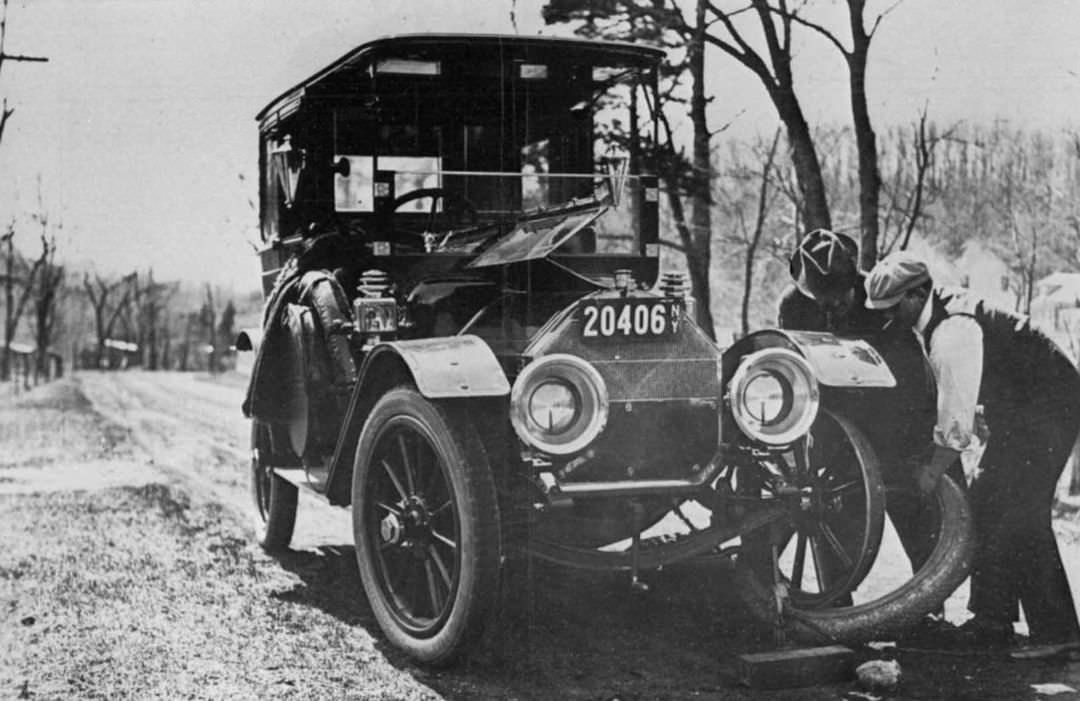
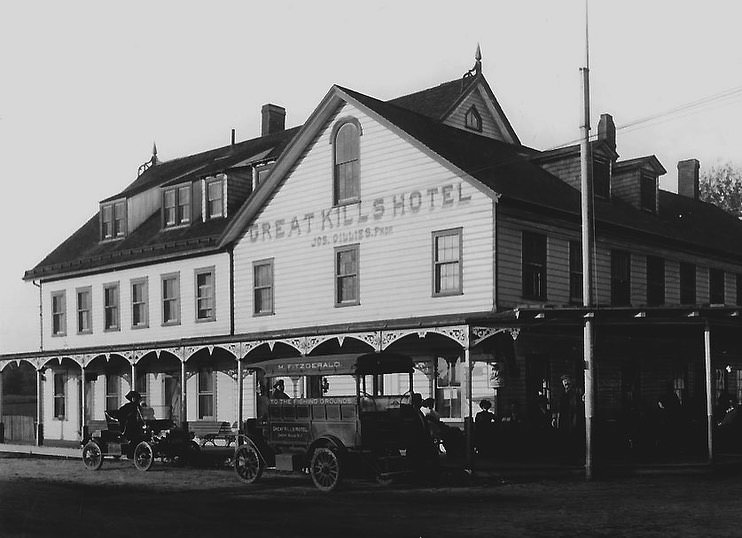
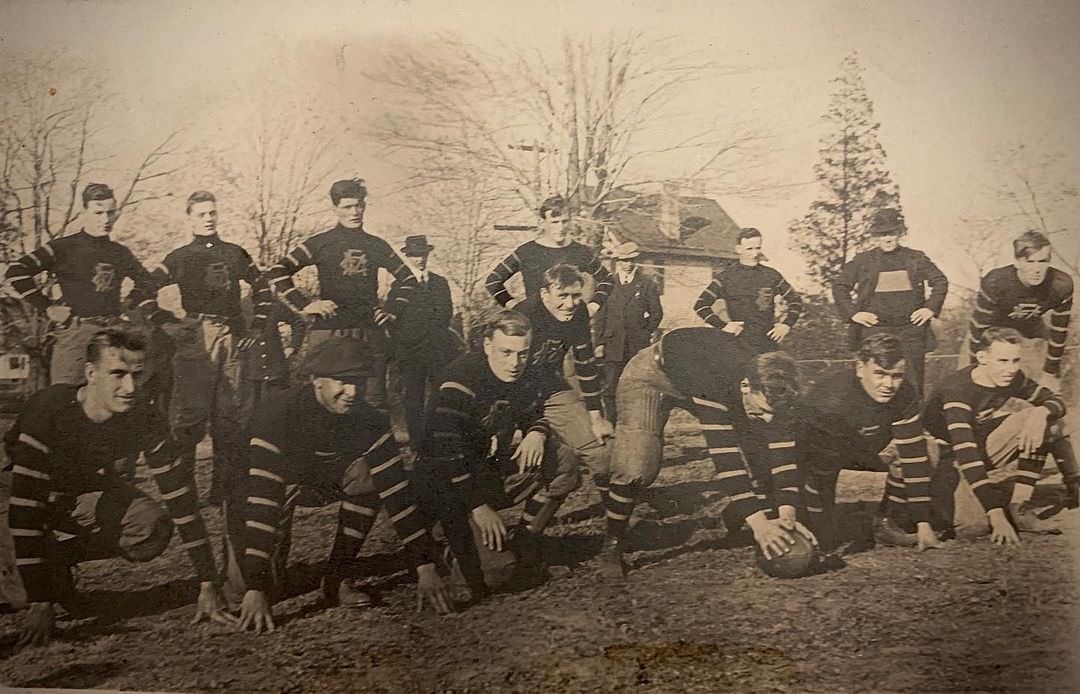
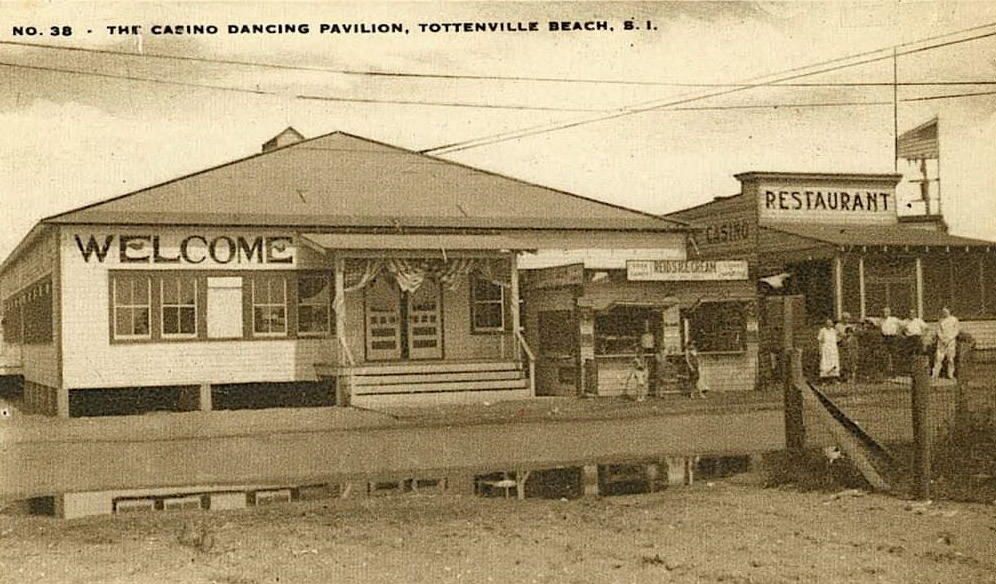
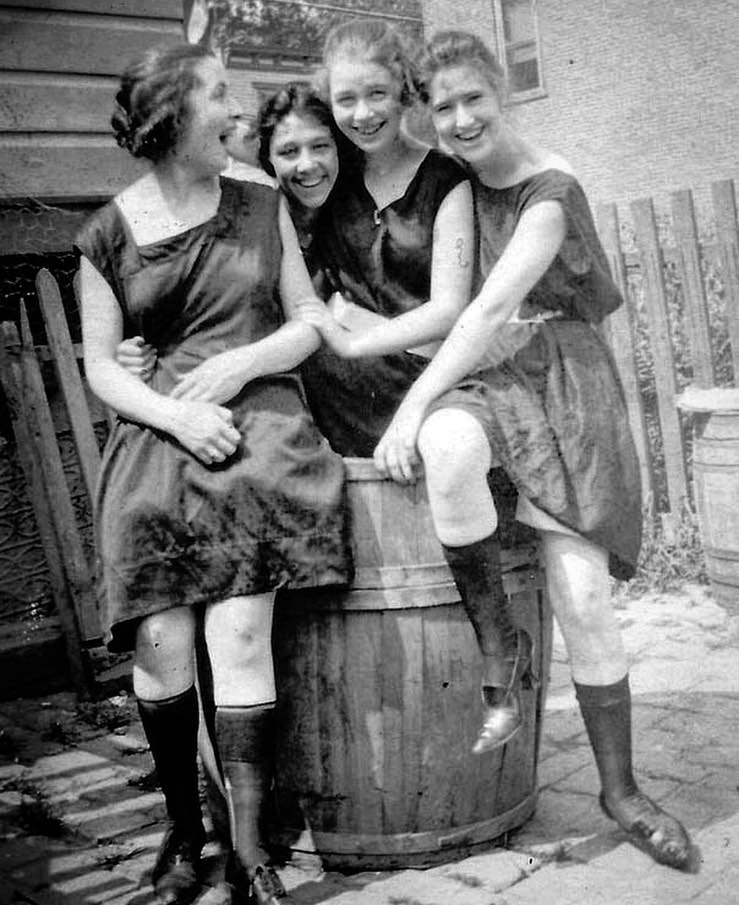
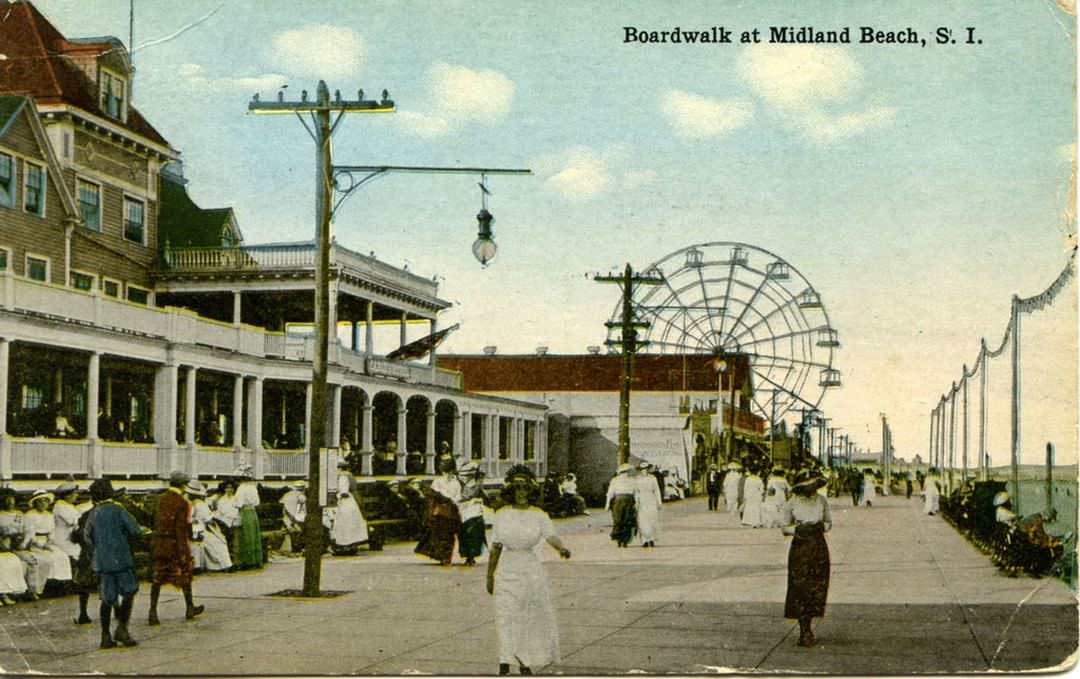
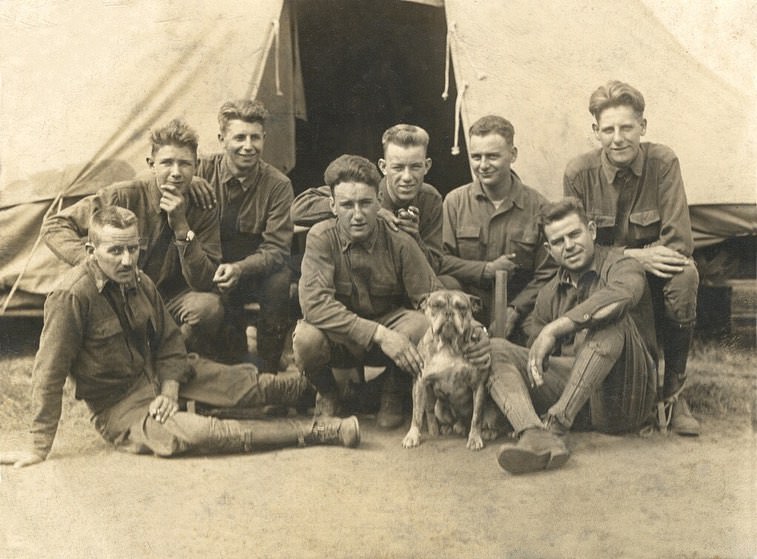
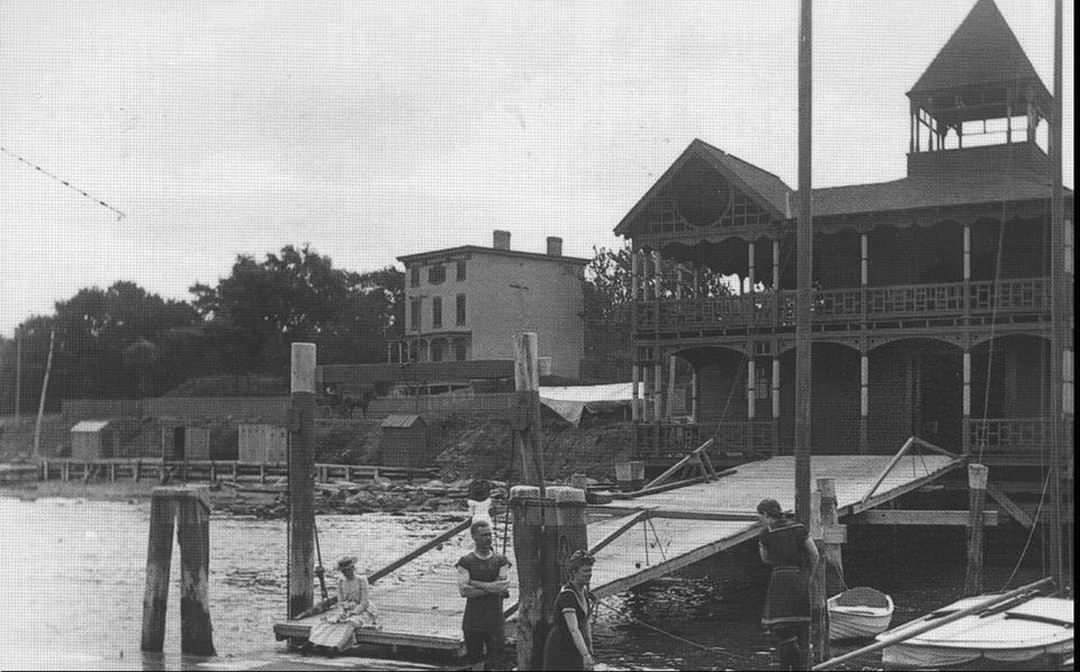
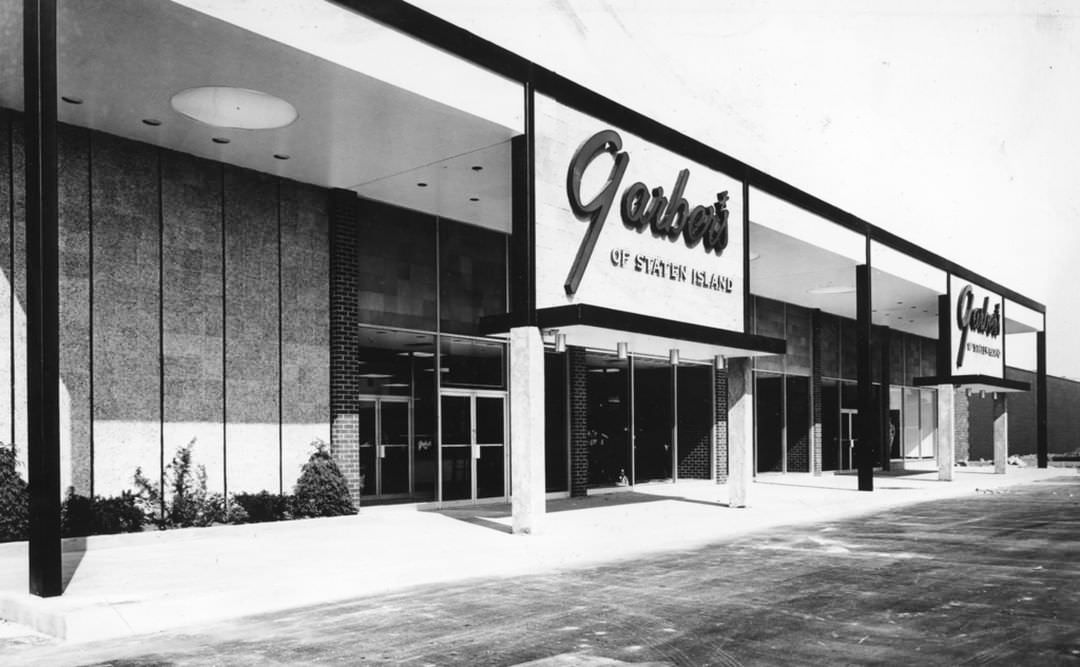
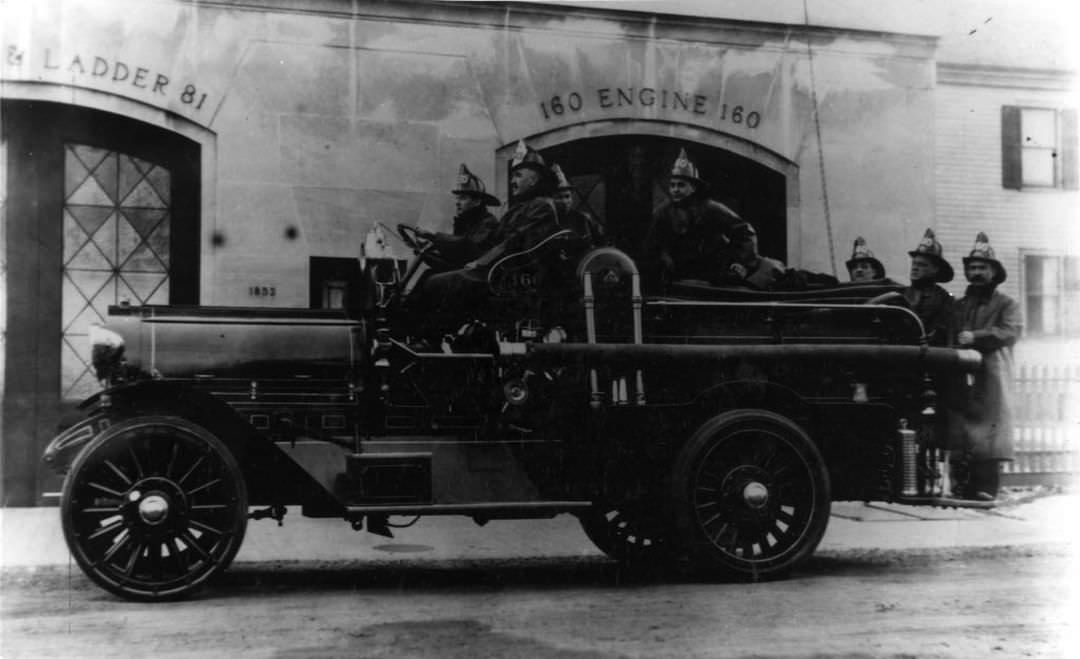
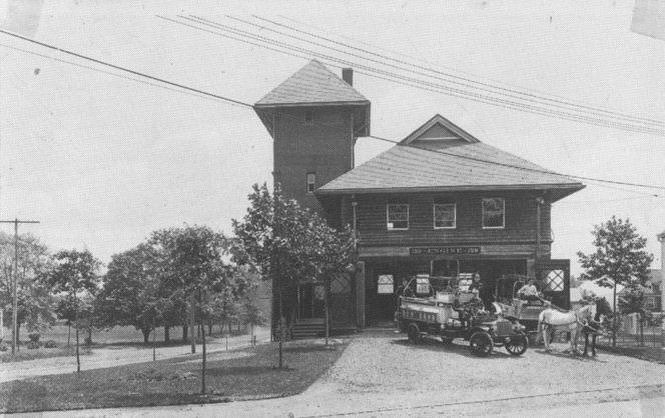
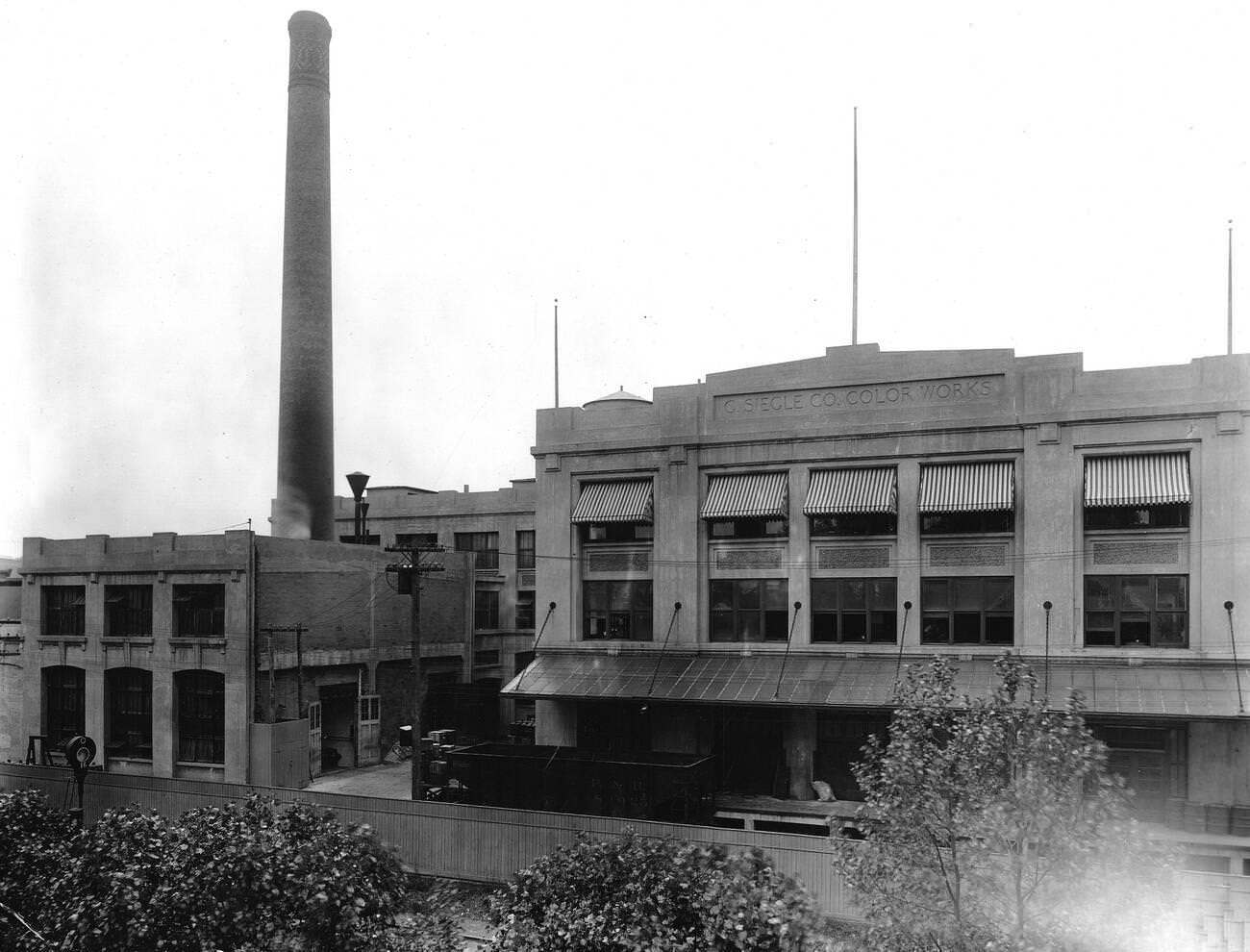
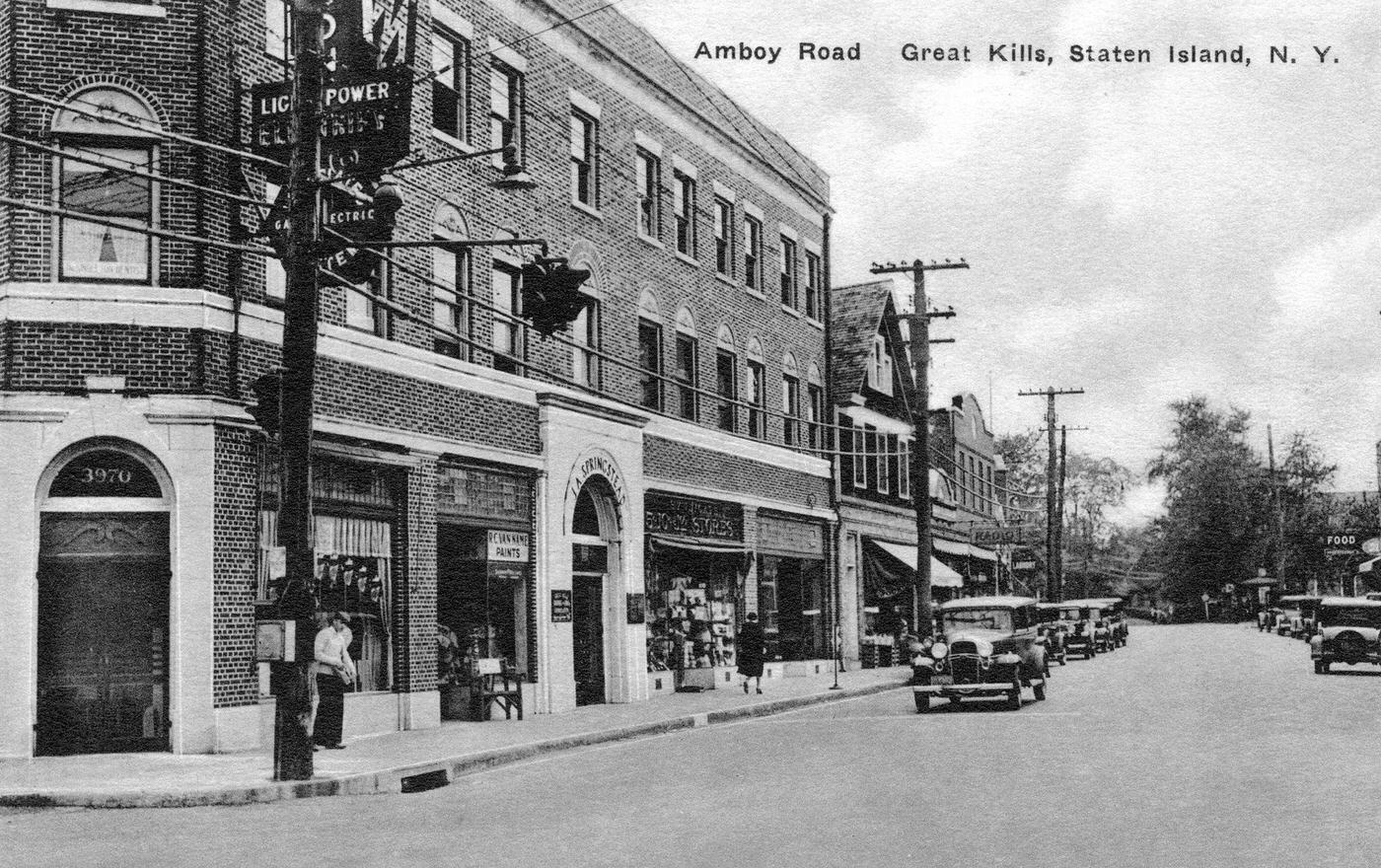
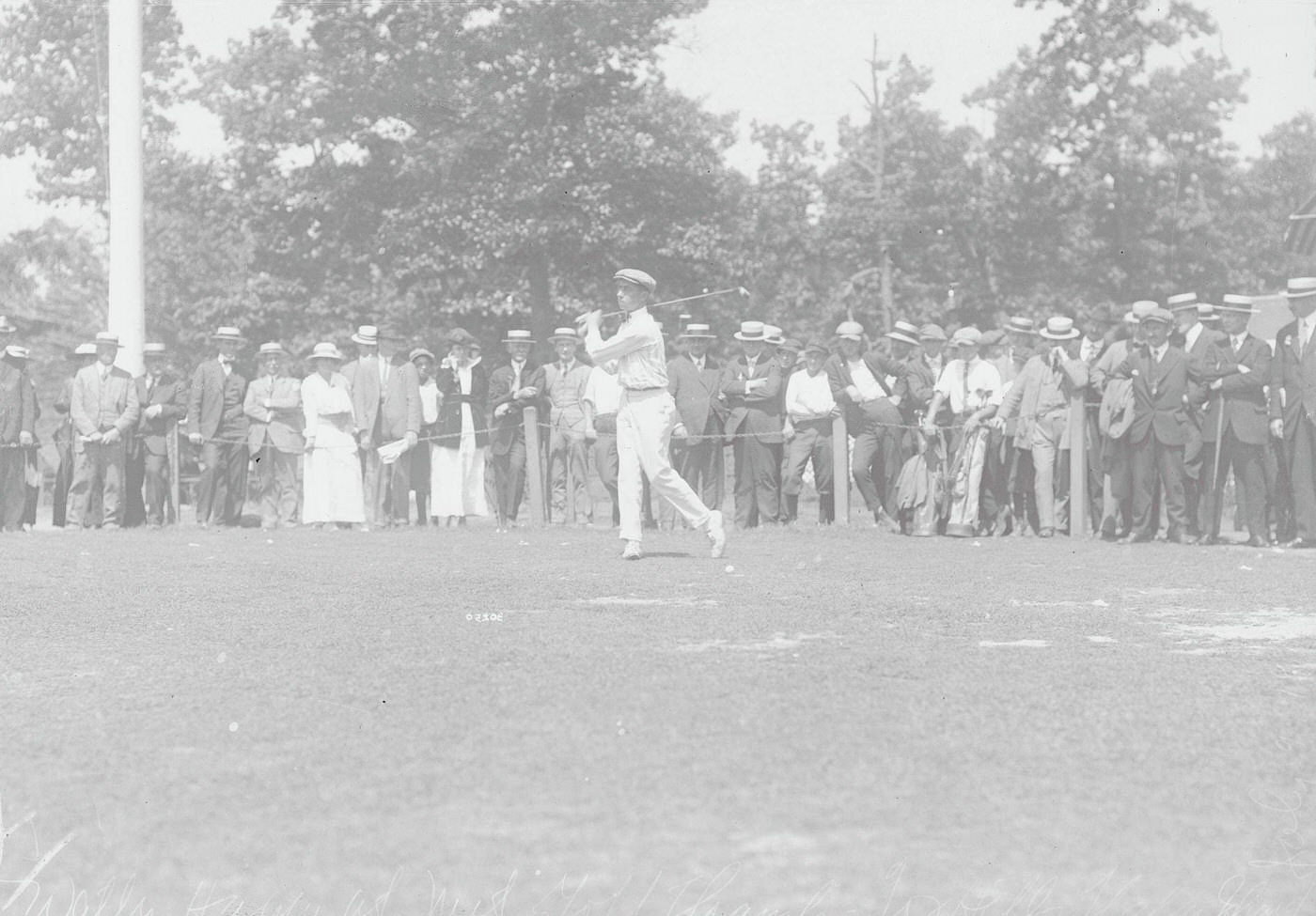
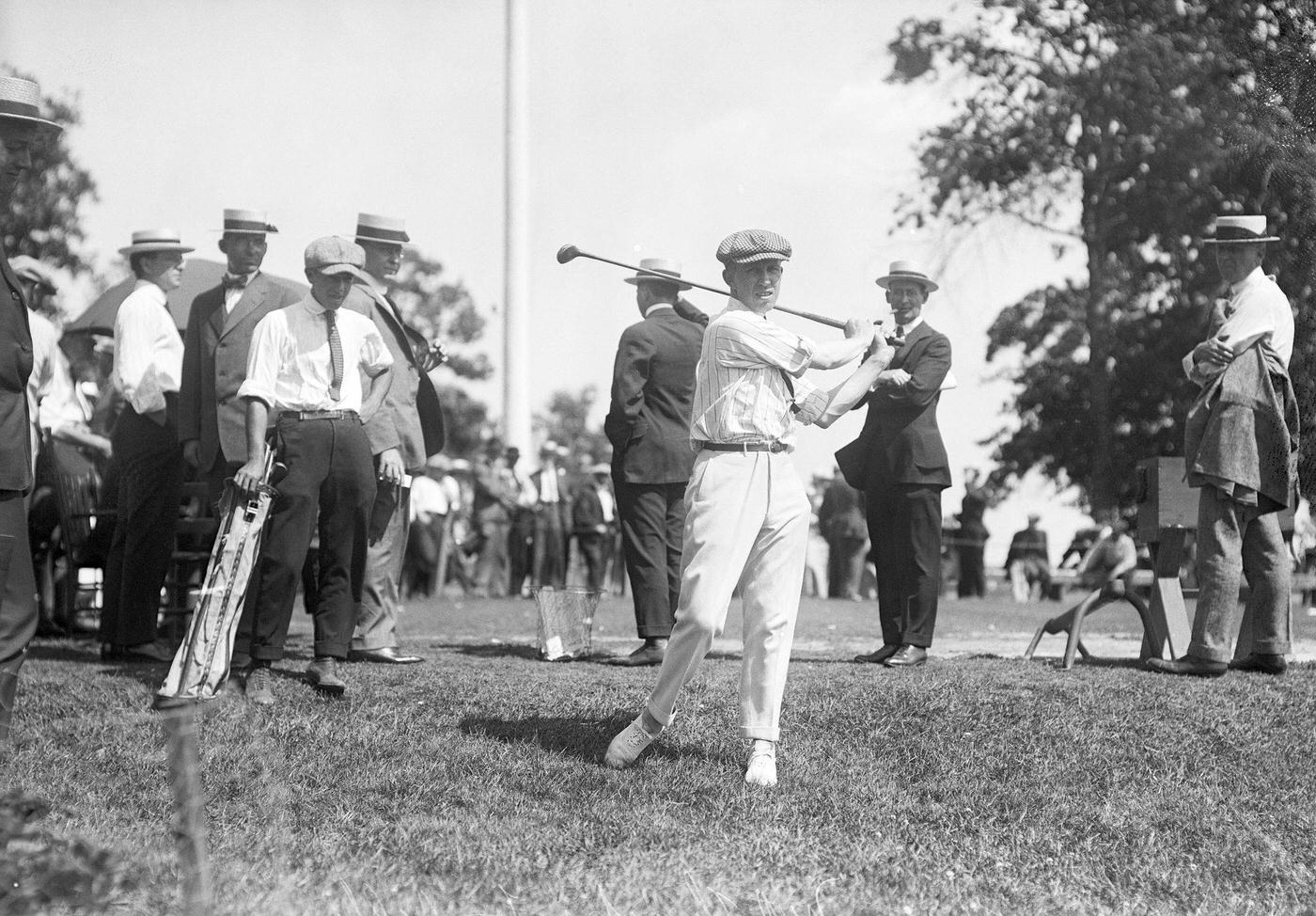
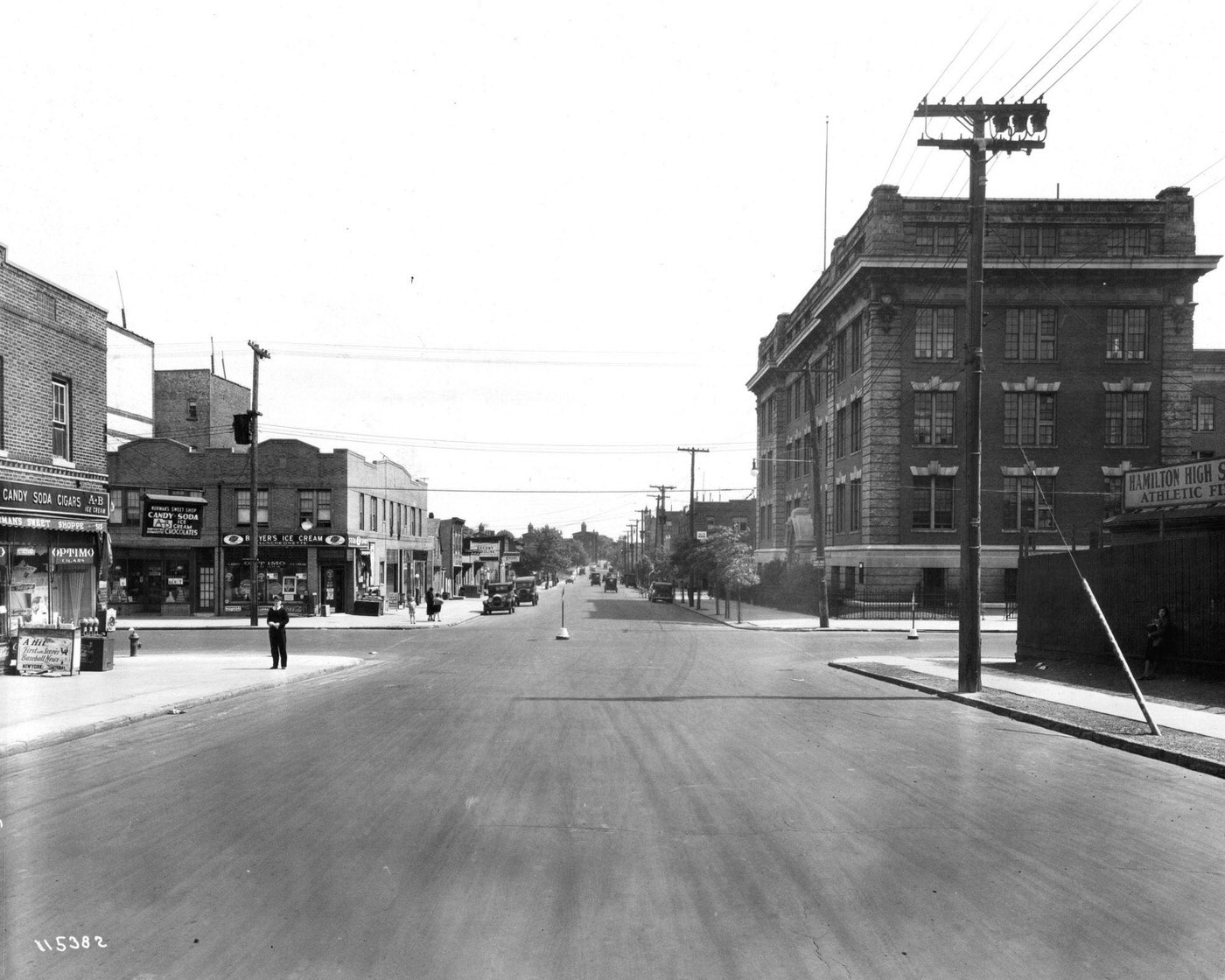
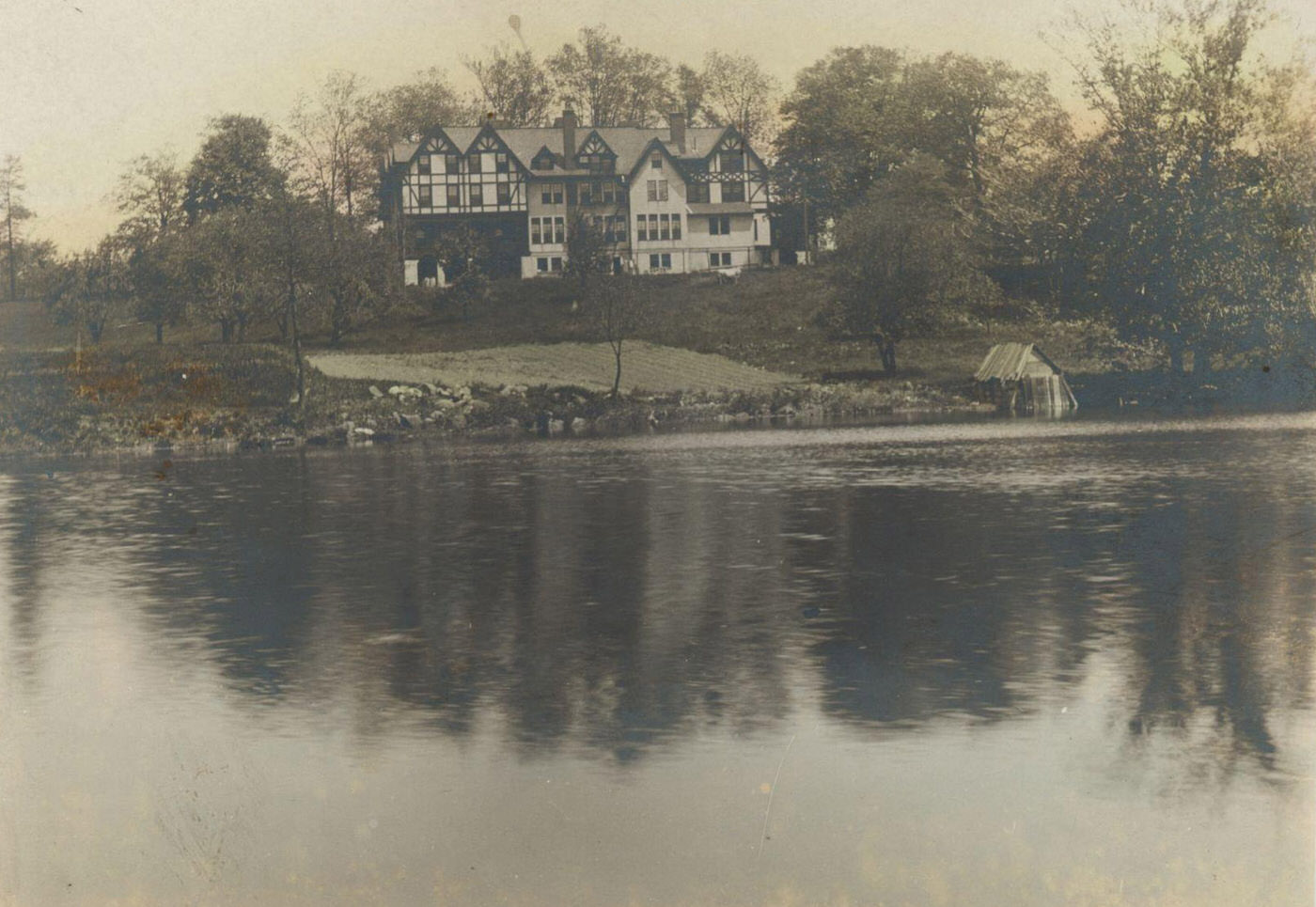
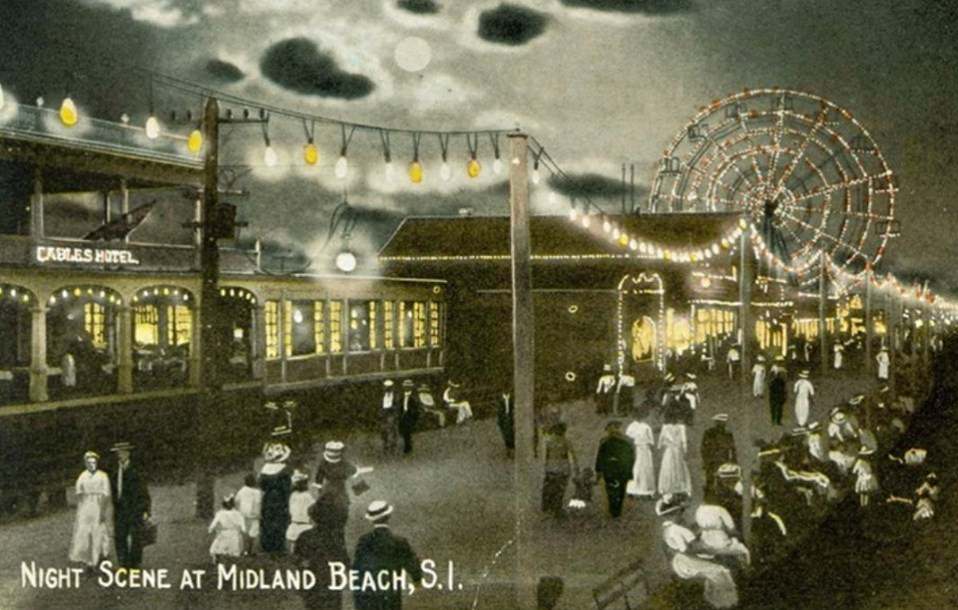
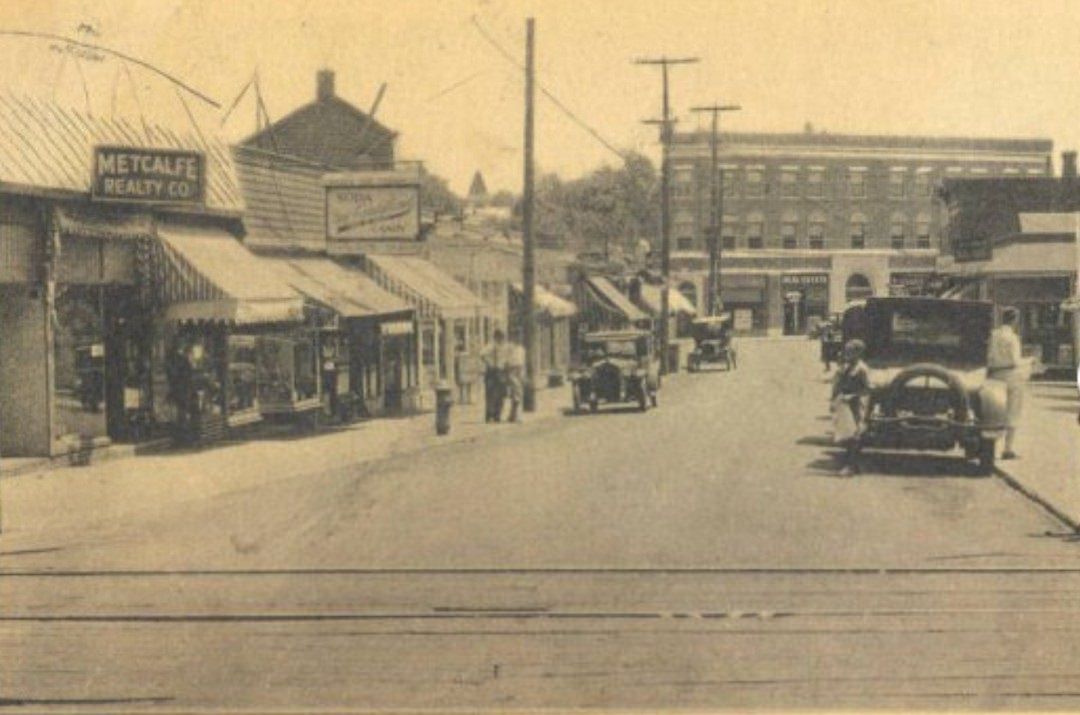
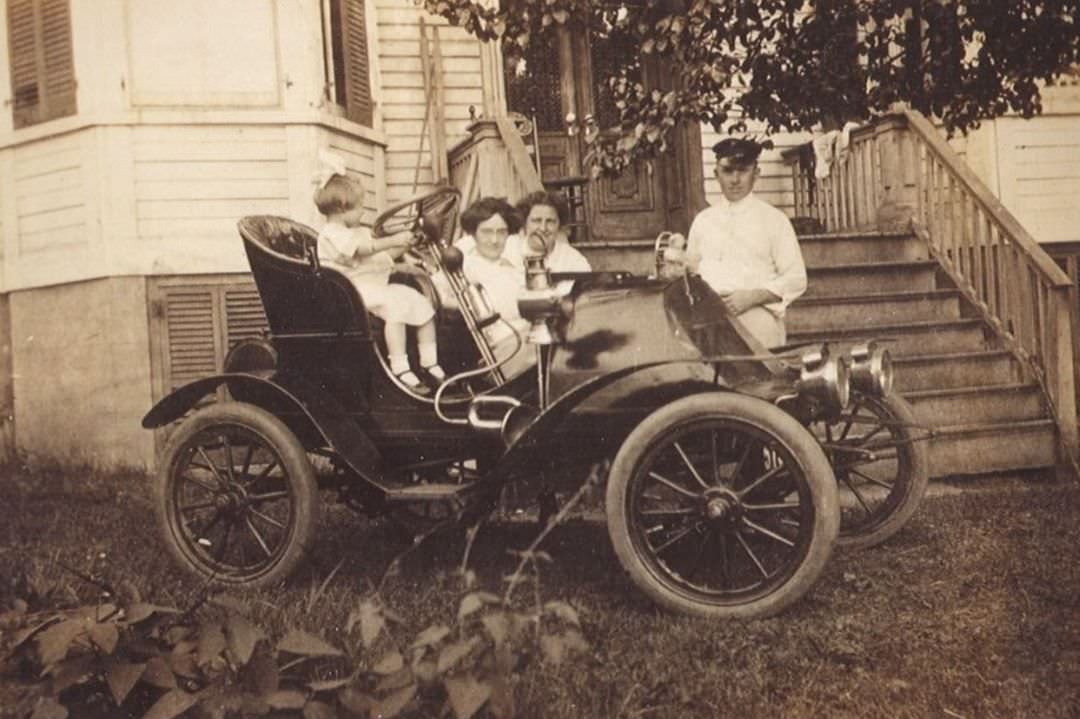

GIPHY App Key not set. Please check settings